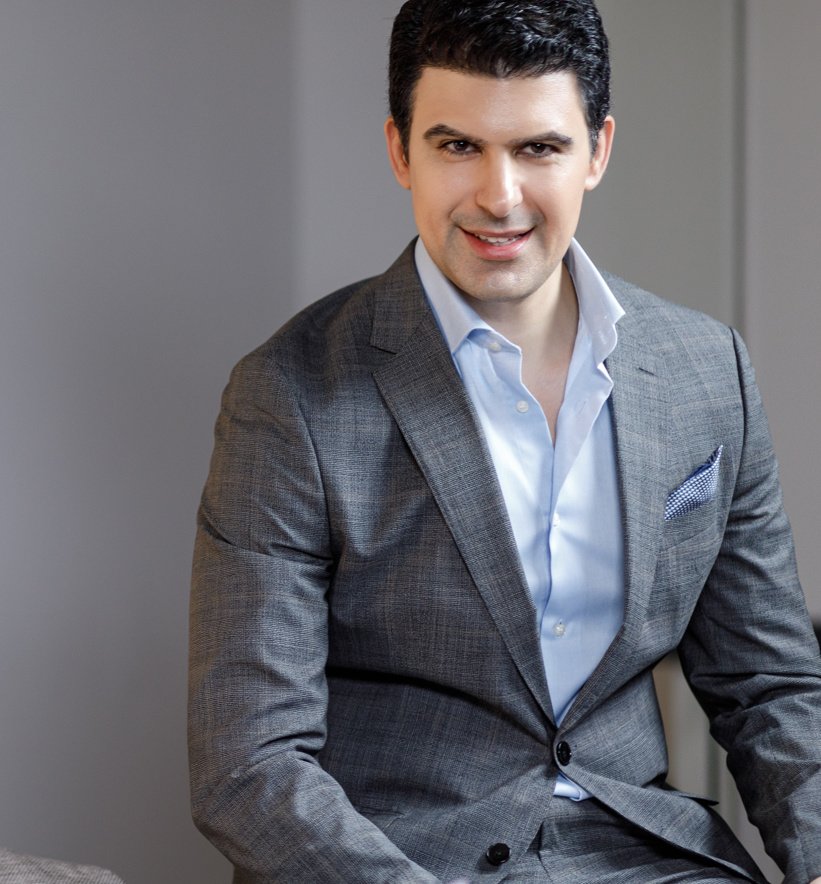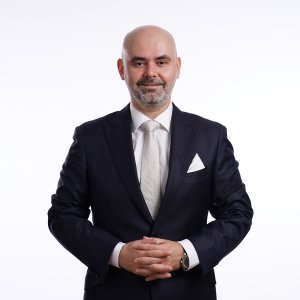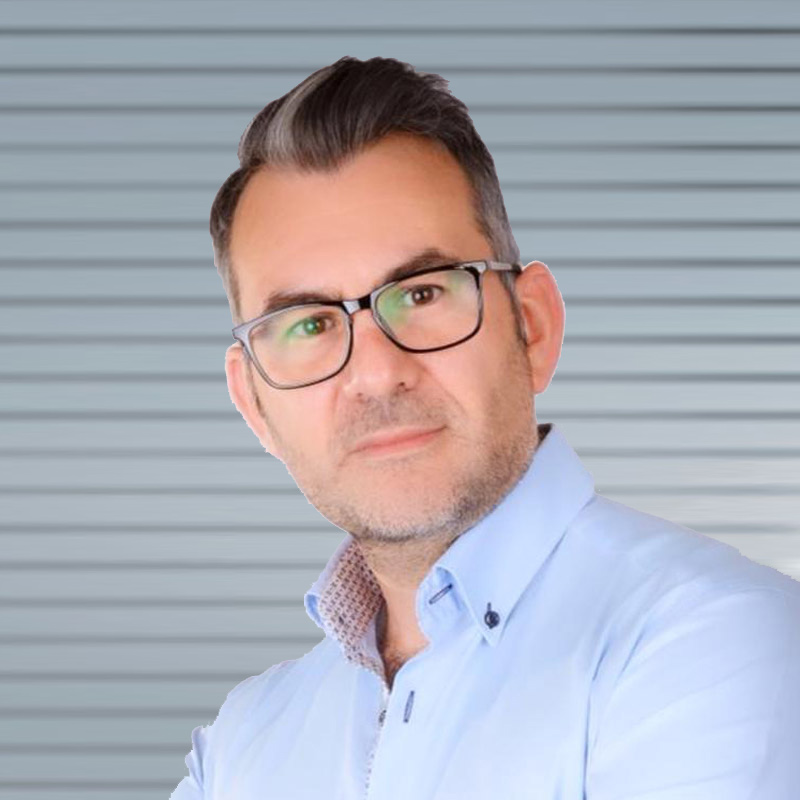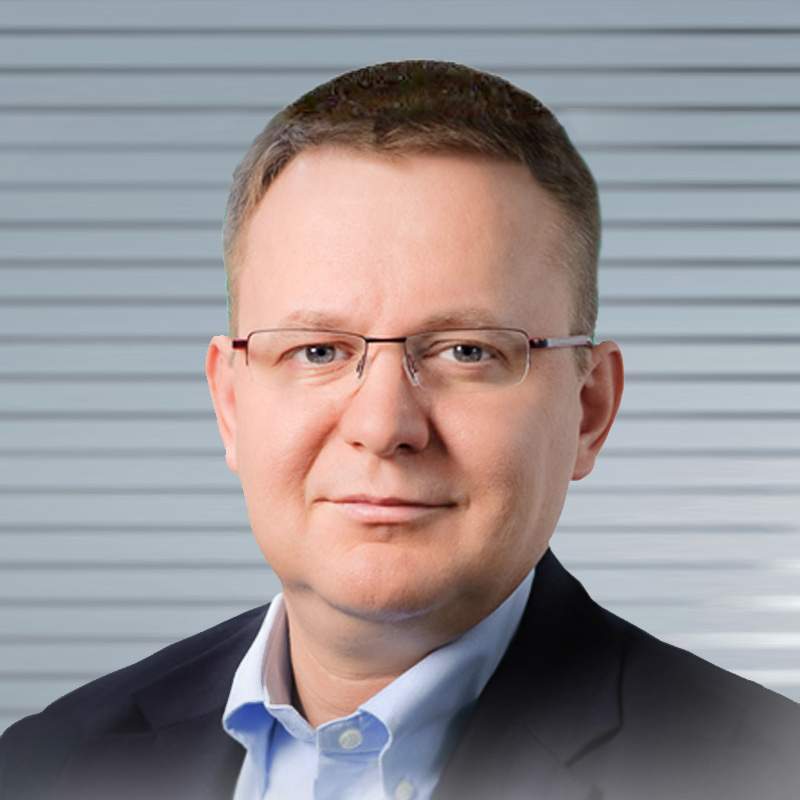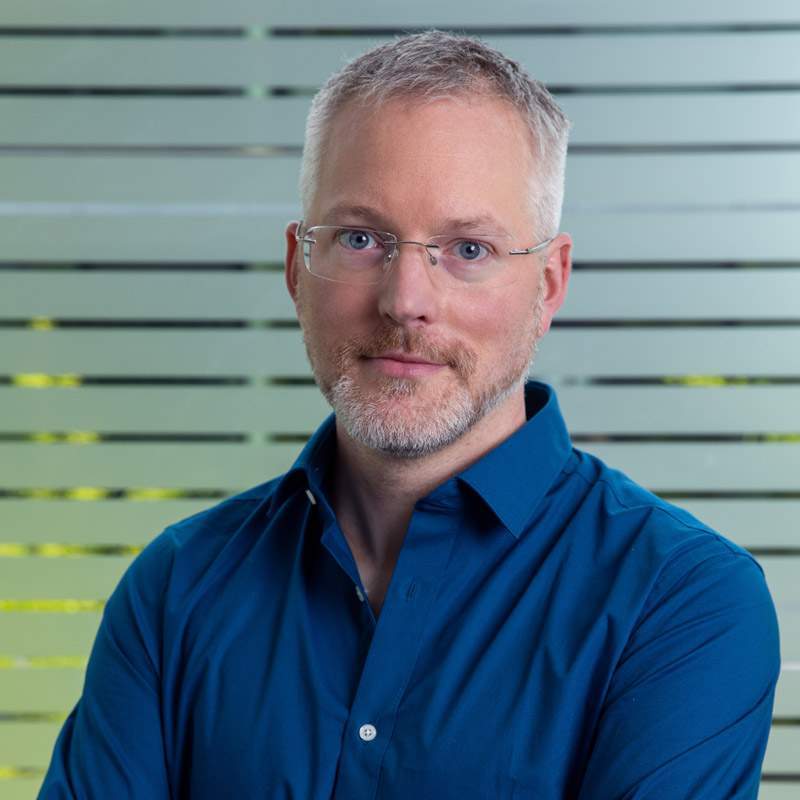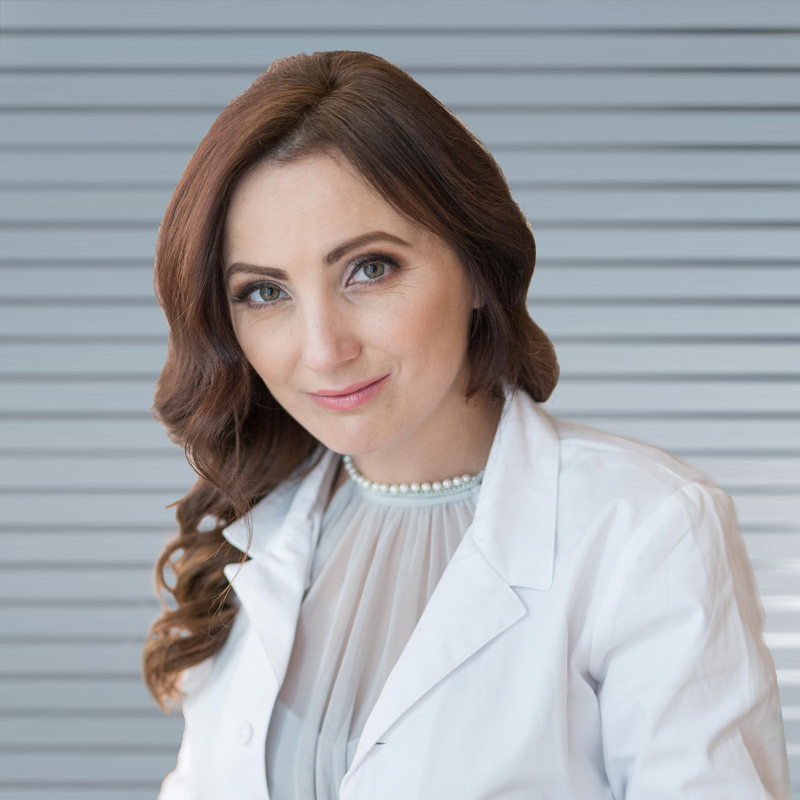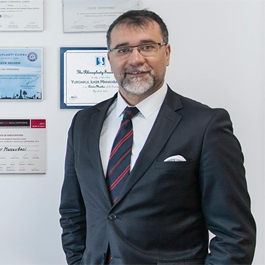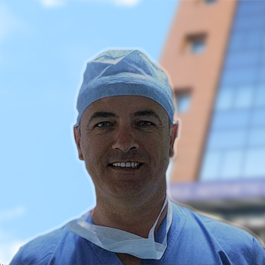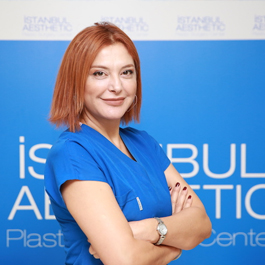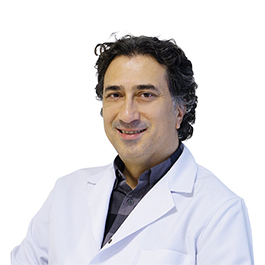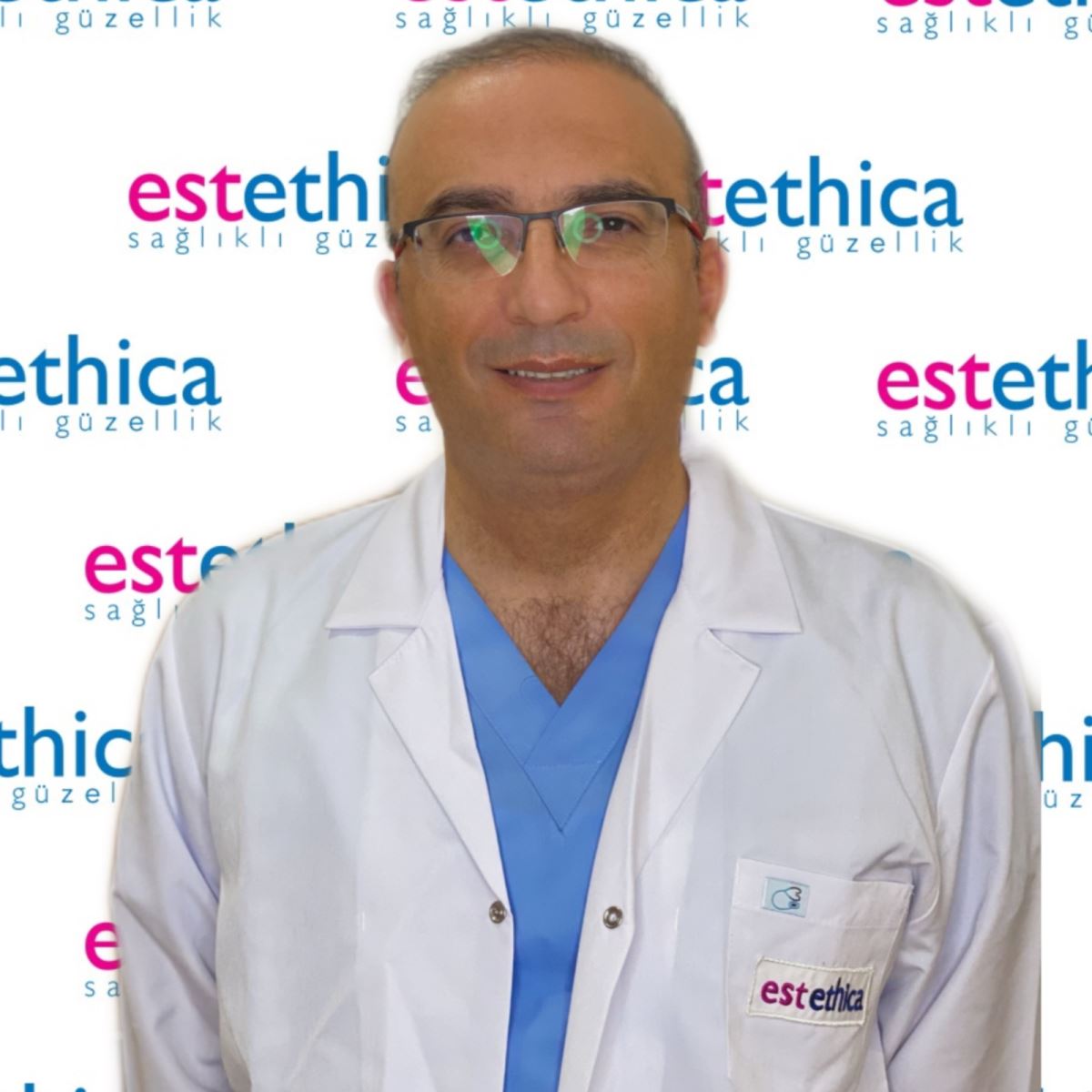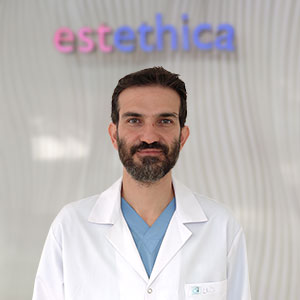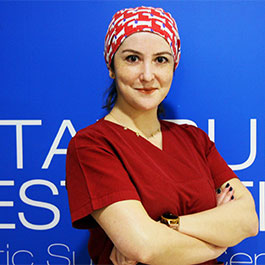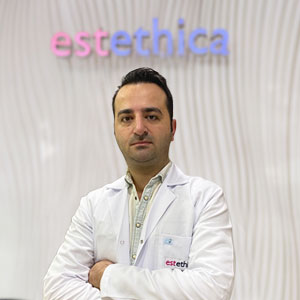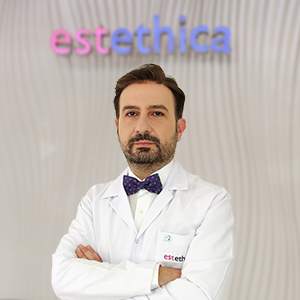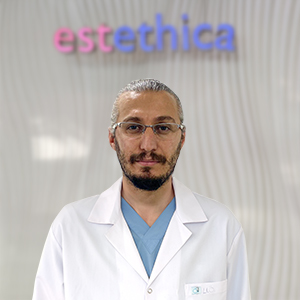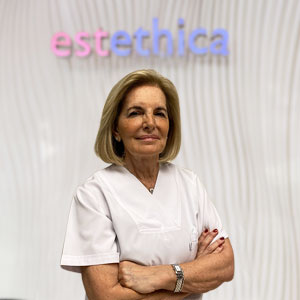SALİH ONUR BASAT
Istanbul, Turkey
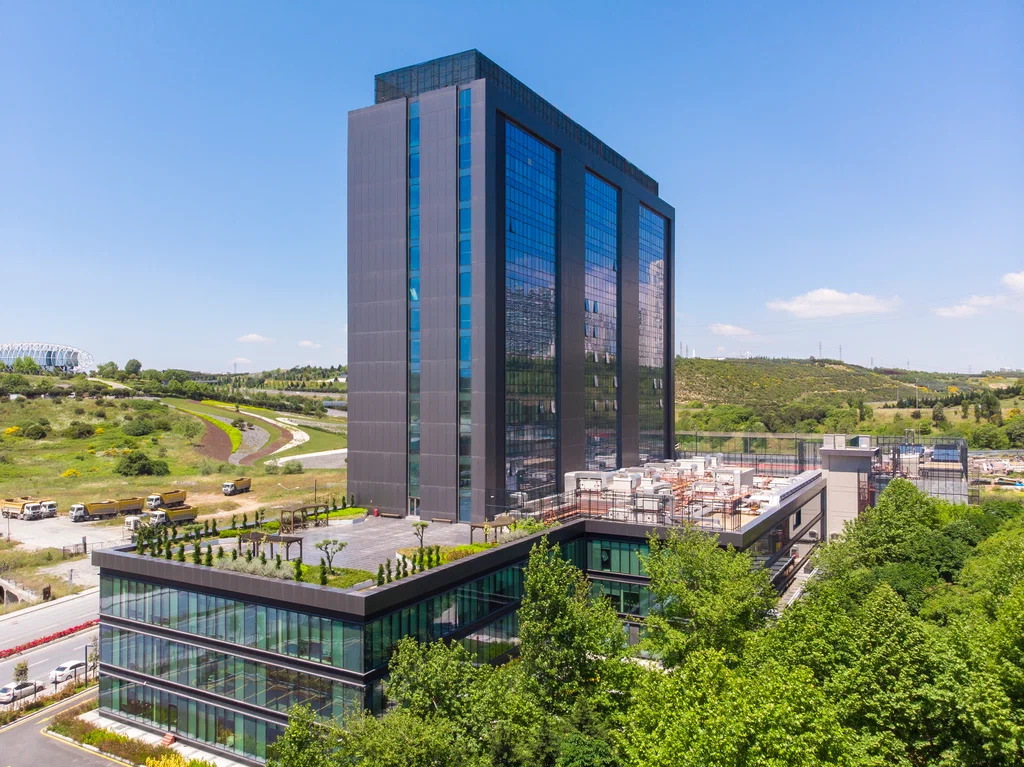
Dr. Salih Onur Basat Clinic is located in İstanbul’s Şişli district
Doctors
Our doctors
Services
List of services
from 2350 €
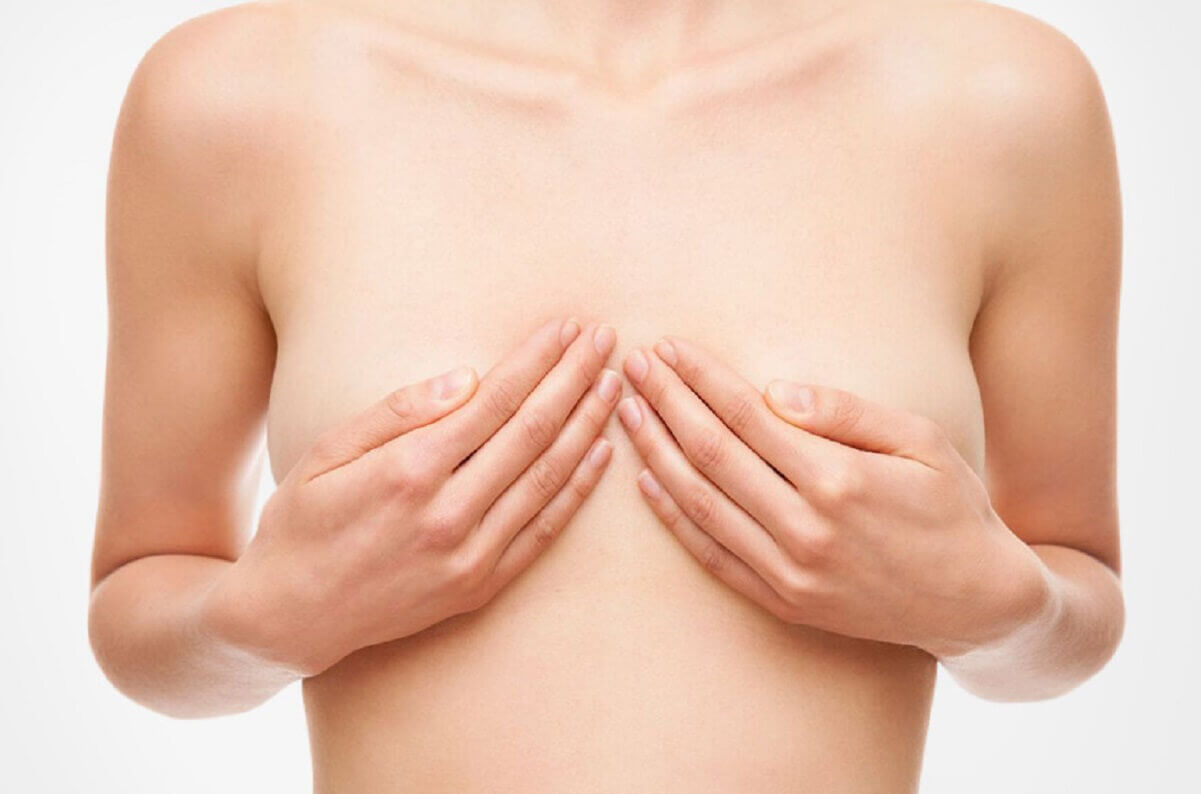
Women of the fair sex have long been concerned about their appearance. The desire for beauty in girls and women is inherent in nature. However, not all girls have ideal parameters. As the saying goes – beauty requires sacrifice. European aesthetic medicine clinics have specialists of the highest category who perform brilliant procedures to change the size and correction of breasts.
Breast augmentation methods
The bust can be enlarged by non-surgical or plastic method. Non-surgical methods include:
- gymnastics and massage;
- the use of special creams and other cosmetics;
- underwear with silicone tabs.
Practice shows that surgical intervention has the best result. The bust augmentation has a long-lasting effect. Two methods are possible:
- lipofilling;
- implant placement.
What is lipofilling
This is an alternative for girls who are not ready to put in endoprostheses. Breast augmentation comes from fatty tissue taken from the hips or abdomen through liposuction.
This method is not durable and is not suitable for everyone. Girls with a thin body type do not have lipofilling. In case a woman has contraindications to silicone implants, this would be an ideal option. Your breasts will increase slightly in size and keep their shape.
What is a mammoplasty
Mammoplasty is an operation that increases the size and corrects the shape of the breasts. A beautiful and aesthetic bust will give confidence and get rid of complexes, which is very important for every girl.
Indications for breast augmentation
The operation is performed at:
- anatomical congenital underdevelopment;
- the presence of scars;
- asymmetry of the glands;
- nipple defects;
- personal desire to change the size.
Age-related changes affect the entire body. The glands can lose their shape and stretch. Visually it is very noticeable and it will take a lot of effort to disguise the problem.
It is best to consult a specialist. Plastic surgeons in European clinics have performed a huge number of such operations. The clients got the shapes they had long dreamed of.
Contraindications
Implants cannot be placed if:
- diseases of the cardiovascular system – coronary artery disease, heart attack, circulatory problems;
- hypertension;
- varicose veins, thrombosis, thrombophlebitis;
- Ulcer disease, bronchitis, pyelonephritis;
- oncological diseases;
- diabetes mellitus;
- colds (acute respiratory infections and acute respiratory viral infections);
- breastfeeding your baby.
Types of mammoplasty
One of the most common methods can be called a breast lift. The operation consists in excision of excess skin without reducing the volume of glandular tissue.
As a result, the breasts have a natural shape, the necessary elasticity, the correct symmetry. Lift does not disrupt the function of the breast, as it does not affect the glandular tissue.
Prolonged breastfeeding leads to tissue prolapse. Seamless lifts have been very popular lately. It is a minimally traumatic and painless procedure without incisions or implants. The breasts are corrected using a special elastic thread. It is put through the soft tissue, tightening and fixing in the area of the clavicle.
To improve the appearance of breasts, correct inverted nipples or reduce large areolas, you can use a correction that is done simultaneously with a lift or plastic surgery.
It is noteworthy that for some medical reasons some women need to reduce their breasts. In this case a reduction mammoplasty is performed. It’s a complicated operation, but sometimes it’s just necessary. Too large a bust can cause spinal deformity, chronic mastopathy and other problems.
Breast reconstruction is done only by referral. The surgery involves removing breast tissue by surgical incision on the chest. A mastectomy removes not only the gland, but also the fatty tissue with lymph nodes.
The most popular is increasing the size and shape of breasts with implants. All endoprostheses have their own peculiarities. They have different shape and material of the inner filler.
Varieties of endoprostheses
There are several different forms, among which you can choose with the help of a doctor the most suitable. The form can be:
- round – it lifts the bust, creating a “push-up” effect. It is usually chosen by women with mammary gland deformity after pregnancy, breast feeding, as a result of dramatic weight loss or age changes;
- The anatomical or teardrop-shaped breast bears the greatest resemblance to a natural breast;
- Ergonomic – soft gel filler takes the shape depending on the position of the body.
The inner filler can be:
- silicone is the most popular among the others. Hypoallergenic material that is impossible to detect to the touch. The right size will provide a natural look;
- hydrogel – (with natural substance carboxymethylcellulose). It is an expensive option, but the price corresponds to the quality. Allergic reactions, inflammation and rejection are excluded;
- Silicate is the lightest and does not cause sagging of the bust. Because of the small weight, large implants can be placed;
- saline (with saline solution inside). At this time it is used very rarely due to the high risk of rupture.
The type of implant surface can be textured. The fabrics adhere well due to the porous-rough coating. The implant cannot turn over and grow connective tissue. In contrast, a smooth surface has a risk of overturning.
The size of the endoprosthesis depends on the volume of the filler. Each model and manufacturer has its own “size grid”. 150 ml corresponds to an increase of one size. Size up by taking into account:
- peculiarities of the thorax structure;
- the original size of the breast;
- the width of the rib cage;
- growth;
- skin elasticity;
- the patient’s wishes.
Endoprosthesis location
During surgery, the doctor can place the implant in the retromammary space (under the breast). The procedure will not affect the chest muscle, which is an advantage for female athletes.
You can place the endoprosthesis under the large pectoral muscle. This method is suitable for patients with a small thickness of subcutaneous fatty tissue. Otherwise, thin patients will have the contour of the implant protruding.
Types of Incisions for Endoprostheses
The cut can be:
- axillary – made in the axillary fossa. The incision length is up to 5 cm. No scars remain after the operation;
- Periareolar – the incision is made on the lower contour of the areola. No traces remain, but there is a risk of disturbing the integrity of the gland. This can lead to problems with future baby feeding. There is a possibility of combining areola plasty with periareolar breast lift;
- under the breast, in the inframammary sulcus is the most common method. It is safe and non-traumatic. The length of the scar varies from 2.5 to 5 cm;
- on the abdomen – if abdominoplasty (tummy tuck) is combined with mammoplasty.
The benefits of breast augmentation
The procedure has a number of advantages:
- Aesthetic medicine clinics have three-dimensional modeling machines. With his help choose the shape and size of the implants, which will be in harmony with the type of figure;
- The plastic will not be an obstacle for natural feeding in the future. At the consultation, the client discusses the issue with the surgeon. The doctor takes this nuance into account during surgery by making an incision under the breast or under the arm. The ducts remain intact in this case;
- the effect lasts for at least 10 years. This is affected by the type of implant and individual performance;
- minimal traumatism. Recovery happens very quickly. You can go back to your usual way of life in a few days.
Disadvantages of mammoplasty
Many women want to enlarge their breasts, but they have a fear because of existing myths about it. They are afraid:
- problems with lactation;
- painful sensations;
- the probability of a rapid rupture, followed by a second intervention.
The clinics will carry out the operation qualitatively and without consequences for the body. There are still some nuances to consider:
- If the patient is rapidly losing weight or is breast-feeding, she will need a breast augmentation and lift;
- The patient’s medical conditions do not always allow for the desired size;
- Women with a thin build have several surgeries to increase the glands by several sizes, so as not to stretch the skin.
Preparing for breast augmentation
Preparation for surgery involves a consultation with the doctor and the choice of endoprostheses. After that, an examination and tests are prescribed. Research Needed:
- fluorography;
- General and chemical analysis of blood and urine;
- blood tests for viral hepatitis, HIV, syphilis;
- determination of blood type and Rh factor;
- electrocardiogram;
- blood clotting test;
- Breast ultrasound;
- examination by a gynecologist, taking smears for flora and cytology.
If there are no contraindications, prepare for mammoplasty. A few recommendations before surgery:
- stop taking hormones and medications that affect blood clotting at least 2 weeks in advance;
- give up alcohol and cigarettes in 72 hours;
- It is forbidden to eat in 10 hours and drink water in 6 hours.
Performing a mammoplasty
First of all, a marking is made before surgical intervention. This is necessary in order to mark the places of incisions. The operation is performed under general anesthesia.
An incision is made, as a result of which the tissues delaminate and a pocket is formed for the endoprosthesis. The selected implant is inserted into the pocket and the tissue is sutured layer by layer. Manipulation only affects the soft tissues. The operation cannot be classified as complicated.
If the operation is only to increase the size, it will take 30 to 40 minutes. Additional intervention in the form of a lift or nipple correction will take about another 1-1.5 hours.
Recovery from breast augmentation surgery
After the procedure, the woman spends 24 hours in the clinic under medical supervision. The patient is discharged within 3 days. After discharge, it is forbidden to go to a sauna or bath, or to exercise. It is obligatory to wear compression underwear. Visiting the clinic to have a new dressing done.
During the first week, they take pain medication prescribed by the doctor. Skin itching due to body habituation is possible. The stitches do not need to be removed, as they resorb on their own.
It is recommended to wear corrective underwear, which should be removed only before showering. The bruises gradually begin to fade. They completely disappear after 21 days. Swelling goes down and discomfort is gone. Observe a proper dietary regime. Sexual activity and physical activity are prohibited during this period.
When you can see the result of mammoplasty
The endoprosthesis is permanently engrafted after 6 months. It goes down and the mammary glands become soft. This is the final result. You can give up compression underwear 2 months after surgery with the permission of your doctor. At this time you can go to the beach. There are no contraindications in this respect.
Breast implants expiration date
Outdated versions of endoprostheses often caused complications in women. Nowadays, the most modern and environmentally friendly materials are used for the production of implants.
No one can give a lifetime guarantee on endoprostheses. This is due to the fact that each person’s body is different. The average shelf life is 10 to 15 years.
After that, a repeat mammoplasty with correction of the mammary glands is recommended. During this period the skin can sag, the ratio of fat and muscle tissue in the area of the endoprosthesis, the overall weight and body proportions, and aesthetic preferences change.
Breast implant safety
Many girls are concerned about the safety of endoprostheses. There are many myths about possible diseases and complications. Aesthetic medicine clinics in Europe use the best implants. They take root well and do not cause allergic reactions. The answer is unequivocally that the material is safe and can not harm the body.
Where is the best place to have breast augmentation surgery
Many clinics offer mammoplasty services. However, it is better to entrust the surgical intervention to a highly qualified specialist. The result in most cases depends on the choice of medical facility and plastic surgeon.
European aesthetic medicine clinics will provide services at the highest level. Doctors will conduct a comprehensive examination before the procedure and select an implant. After surgery, surgeons will monitor your health throughout the rehabilitation period.
from 1800 €
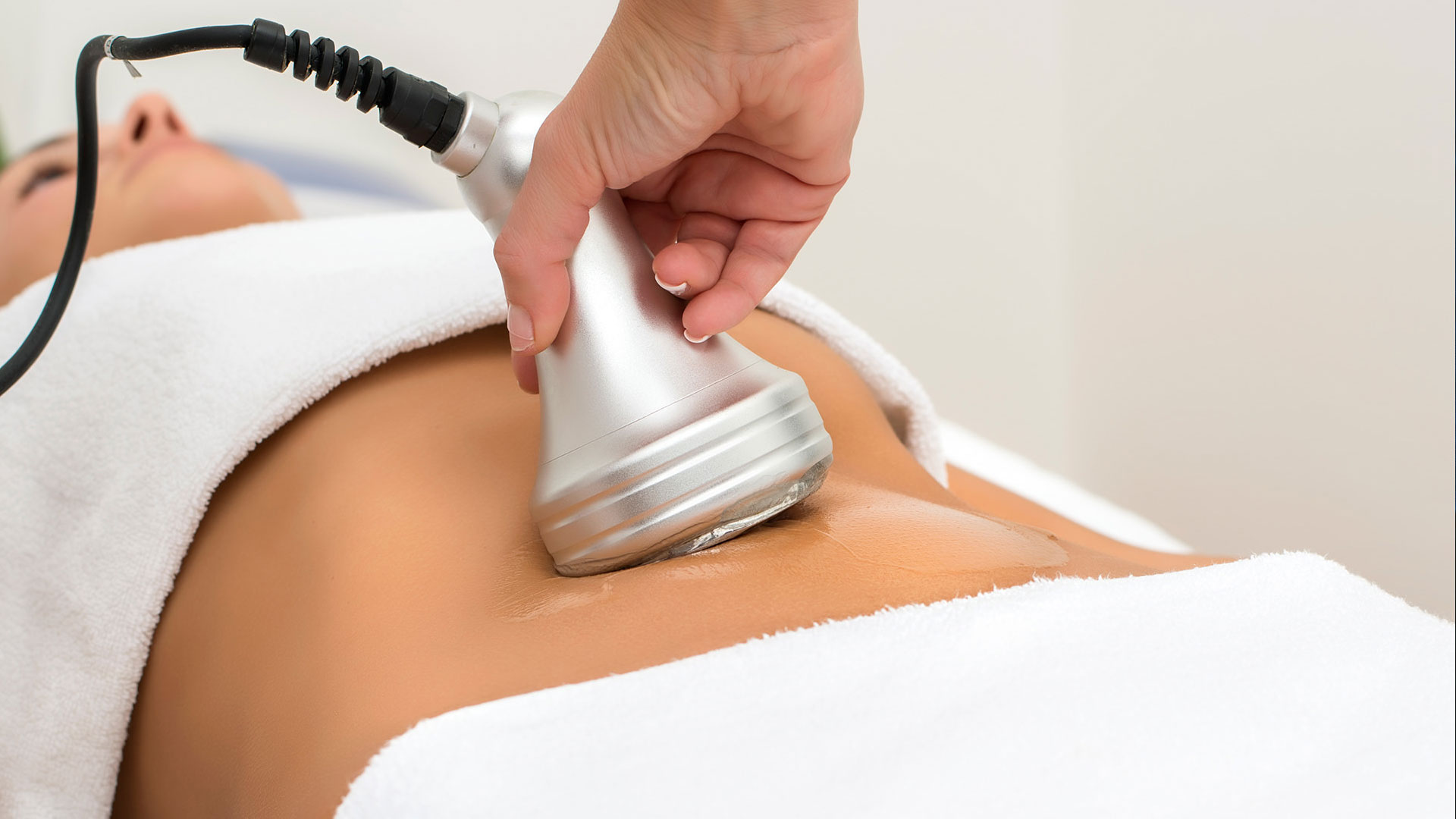
Most people suffer from the appearance of excess weight. But thanks to modern methods in plastic surgery you can change the contours of the body and achieve ideal shapes. In clinics in Europe you will have a painless procedure, using high-precision equipment. Your body will be slim and your mood will be wonderful.
What is ultrasonic liposuction
Liposuction is considered the most effective method in the fight against fatty deposits, excess weight and “orange peel”. The procedure can be ultrasonic, vacuum, vibration, laser. Each method has its own peculiarities.
The most innovative and safe method is ultrasonic. A special device applies ultrasound waves to tissues in problem areas. The consequence of this is the appearance of small bubbles. After a while they enlarge and burst. Thanks to this, fats are broken down intensively.
Indications for ultrasonic liposuction
The ultrasonic method is carried out at:
- fatty deposits in the thighs, buttocks, abdomen, back, arms;
- The desire to correct your figure;
- fibrotic and edematous cellulite.
Contraindications
The procedure is not done at:
- oncological diseases;
- osteoporosis (bone fragility);
- diabetes mellitus;
- liver and kidney diseases;
- the presence of wounds on the skin;
- menstruation;
- diseases of the thyroid gland;
- infectious diseases;
- epilepsy;
- the presence of implants;
- hernias;
- pregnancy and lactation.
Carrying out the ultrasound method
Before the procedure, you should not drink alcoholic beverages for three days. The menu should not include fried, greasy, spicy foods. The volume of fluid consumed per day is at least 1.5 liters.
The Vaser can remove fat deposits not only on the abdomen, flanks, thighs, buttocks, back and knees. It is possible to correct the shoulders and arms. Uz-probe and a special solution help transform fatty tissue into a compound, which is removed with thin medical cannulas. Stages of the procedure:
- The doctor treats the necessary areas with a special gel.
- They apply the apparatus to the problem areas.
Recovery from the procedure
The rehabilitation period after ultrasonic liposuction is short. Edema may occur in rare cases. Body volume decreases by 4-5 cm.
Ultrasonic liposuction
European clinics provide medical and cosmetic services using high quality equipment. Experienced doctors at the consultation determine the most appropriate methods of surgical intervention or non-surgical procedures.
Clinic managers can book your airfare and hotel. Airport transfers can be arranged at your request. Facility coordinators will be in touch with you 24/7.
Clinics in Europe employ doctors of the highest category. Modern, high-precision equipment and professionalism of our specialists can do the impossible. The contours of your body will be perfect after ultrasonic liposuction. After the procedure you will be satisfied with your body proportions. Ultrasonic liposuction will make the patient happy and confident, and the excellent service will pleasantly surprise any client.
from 3700 €
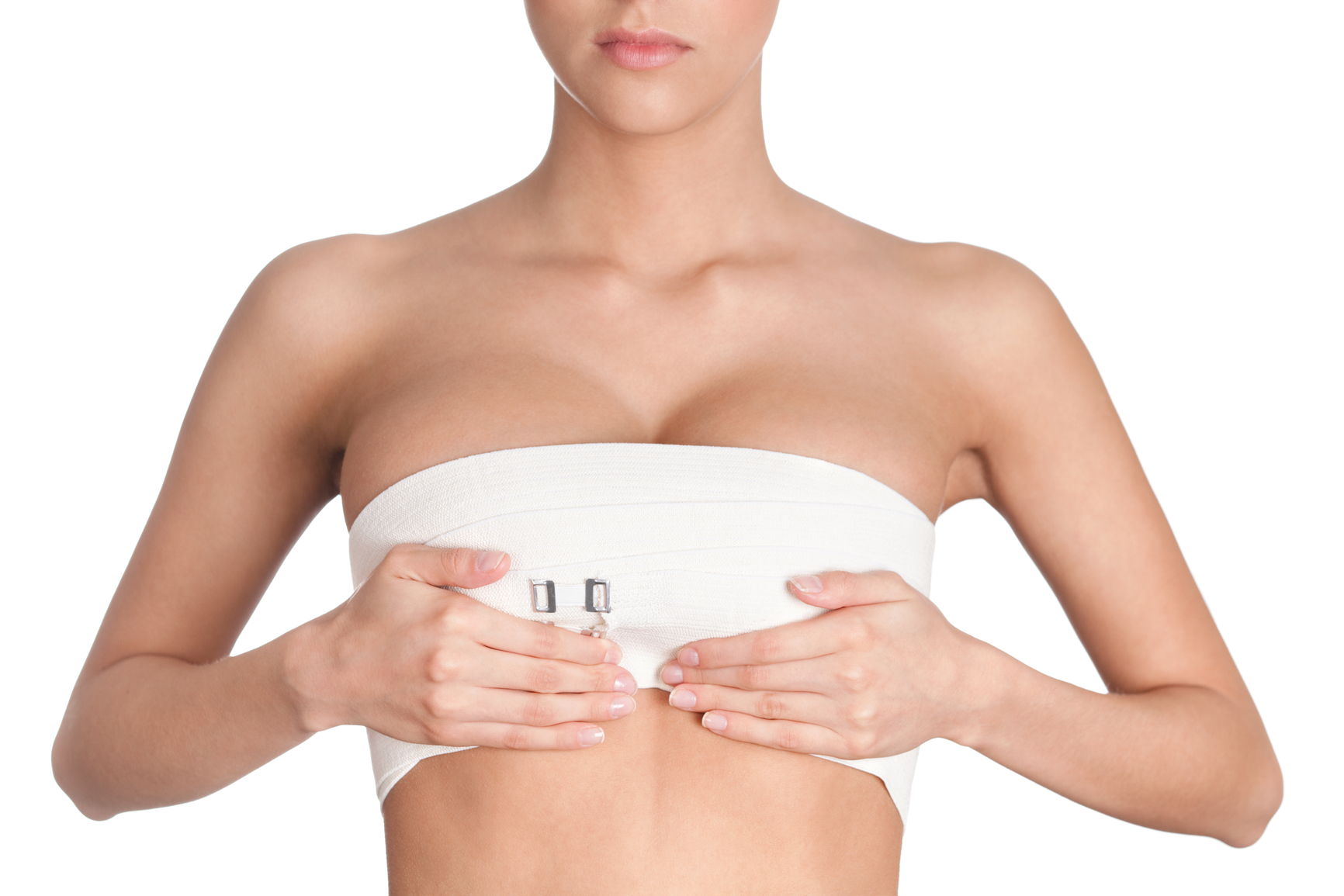
Many artists and architects exalted the female bust in their works of art. Breasts always attract the attention of others. However, not every woman can boast of beautiful forms. With the help of implants, your breasts can be enlarged significantly. This operation can be combined with a lift if medically indicated. Specialists in European aesthetic medicine clinics perform such surgeries every day, restoring beauty and elasticity to the breasts.
Breast augmentation and lift surgery
Plastic surgery increases the volume of your breasts and tightens them. During surgical intervention, silicone endoprostheses are inserted and the nipple-areolar complex and breast tissue are moved upward. Excess skin is removed.
The uniqueness of the surgery lies in the fact that several problems are eliminated simultaneously. The size of the breasts becomes larger, the shape and position change.
Indications for breast augmentation and lift surgery
Surgical intervention is performed for:
- If you want to change the shape and size;
- asymmetry of the mammary glands;
- elimination of ptosis;
- restoration of proportions;
- postlactational atrophy;
- Breast hypotrophy;
- congenital anomalies – hypoplasia, micromastia.
Breast augmentation and lift surgery preserves sensation and lactation functions.
Contraindications to surgical intervention
It is forbidden to perform the operation if:
- endocrine system disorders;
- Hepatitis B and C;
- syphilis, HIV;
- Oncology;
- problems with the cardiovascular system;
- allergies;
- pregnancy and lactation;
- acute chronic and infectious diseases.
Breast augmentation and lift surgery
A mammologist at our hospital will examine you. You get tested and have an ultrasound. Based on the results of the examination, the method of surgery is chosen. 3D modeling creates the contours of shapes.
Methods of implant placement:
- Submammary – an incision is made in the fold under the gland;
- Areolar – incisions are made in the contour of the areola;
- axillary – they cut the axillae.
The doctor chooses the appropriate implants, taking into account your wishes and anatomical features. The surgical intervention takes three hours. Stages of the operation:
- Make a marking on the chest.
- General anesthesia is administered.
- Incisions are made and implants are inserted.
- Excess skin is dissected out.
- Raising the nipples.
- Stitches are placed.
Rehabilitation
For several days you will be in the hospital under the supervision of medical personnel. The doctor will prescribe pain medication. Compression underwear is worn in the first month. Avoid physical activity.
Breast augmentation and lift surgery
Surgeons at European clinics specialize in breast augmentation and breast lift surgery. As a result of a single surgical intervention, surgeons are able to cope with two tasks at once, which is a huge advantage.
The package includes a consultation and examination by a physician, tests, surgery, anesthesia, medications, a report of the surgery in different languages, a private room, postoperative care and accompaniment. Clinics and hospitals in Europe perform all kinds of diagnostics, and the junior medical staff has extensive experience in caring for patients after surgery.
from 3300 €
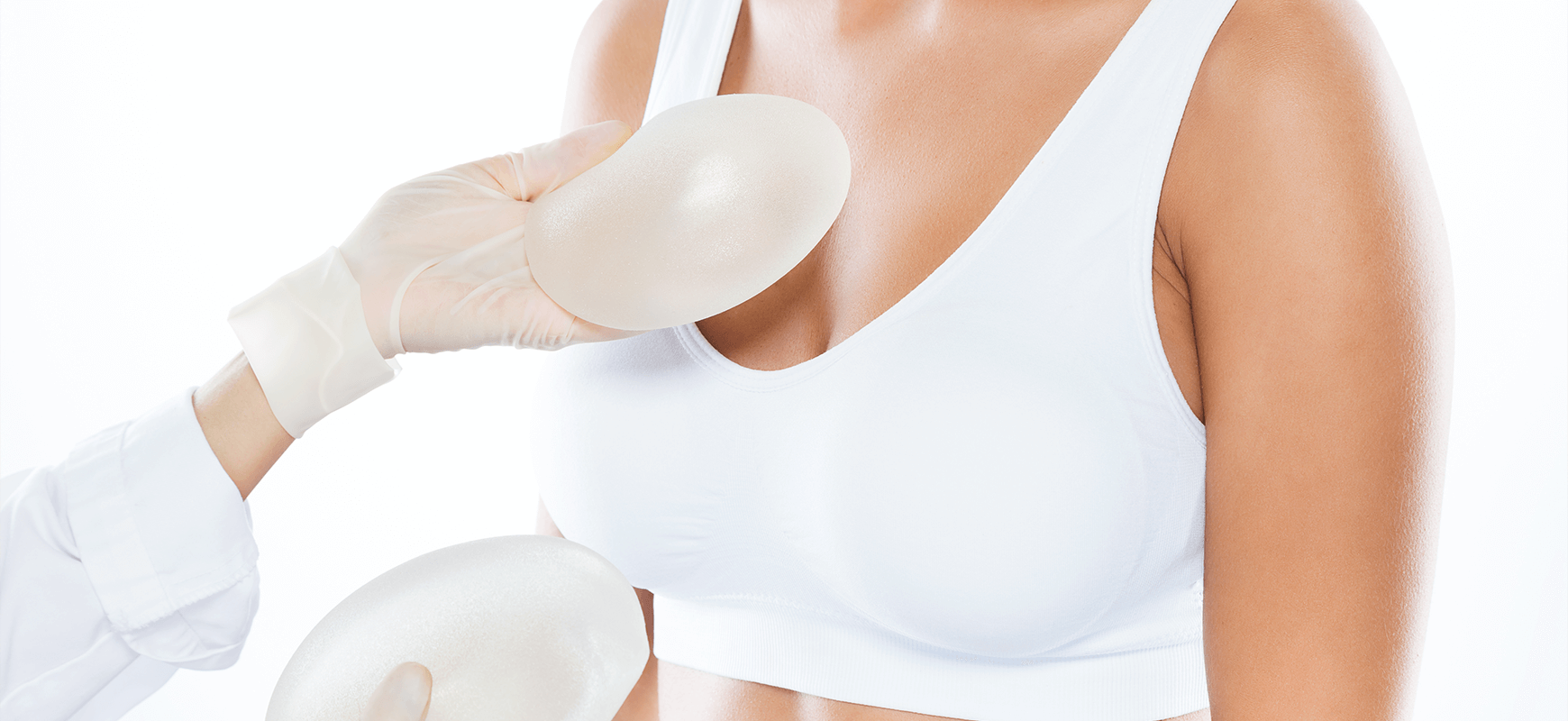
Not all women are gifted by nature with good body proportions. Many girls want their breasts to be big and beautiful. In the clinics of aesthetic medicine in Europe you can increase the breast with the help of surgery. Plastic surgeons will perform a real miracle.
Breast augmentation surgery
Surgical intervention is a plastic surgery to increase the volume of the mammary glands. The operation is gaining popularity every day. Implants – silicone prostheses – help to change the size and shape of your breasts.
They are made of absolutely safe material. They fit perfectly in the body without causing discomfort. The result lasts for 10 years. After that, the operation is repeated.
Indications for breast augmentation surgery
Surgical intervention is performed for:
- If you want to change the shape and size;
- asymmetry of the mammary glands;
- postlactational atrophy;
- Breast hypotrophy;
- congenital anomalies – hypoplasia, micromastia.
The surgery can be performed on patients who are at least 18 years old. This is due to the fact that during this period, the mammary glands are fully formed.
Contraindications to surgical intervention
It is forbidden to perform the operation if:
- endocrine system disorders;
- hepatitis, syphilis, HIV;
- oncological diseases;
- cardiovascular diseases;
- pronounced allergic reactions;
- pregnancy and lactation;
- chronic and infectious diseases.
Breast augmentation surgery
Before the surgery, a consultation with a mammologist is necessary. He selects the optimal shape and size of endoprostheses. With the help of 3D modeling, you can see the expected result.
Implants are placed in one way:
- submammary – an incision is made in the fold under the gland;
- areolar – they cut the contour of the areola;
- axillary – incisions are made in the axillae.
The choice of implants depends on:
- chest volume;
- body proportions;
- density of the mammary glands;
- of the original form;
- the presence of injuries;
- the condition of the skin.
Implants can be:
- round – they make the shape spherical and greatly increase the volume;
- drop-shaped – restoring natural contours;
- ergonomic – maximize the mammary glands and take shape depending on the position of the body.
The base of the prosthesis is silicone gel and a shell. The texture can be smooth or textured. The rough surface adheres well to the surrounding tissue. Smooth endoprostheses are easier to install.
14 days before surgery, stop taking hormones, and 7 days before surgery, avoid alcohol, cigarettes, fatty, fried, spicy food.
The surgical intervention takes two hours. Stages of the operation:
- Make a marking on the chest.
- General anesthesia is administered.
- Incisions are made and implants are inserted.
- Stitches are placed.
The advantages of surgery include minimal trauma, fast rehabilitation, preservation of structure, and long-lasting results.
Breast augmentation surgery
The best plastic surgeons perform breast augmentation surgeries. They use the best quality endoprostheses in their work. The wishes of the client are always taken into account.
During your stay at the clinics in Europe, a team of specialists takes responsibility for medical care and any organizational issues. The coordinator can buy a plane ticket and book a hotel that is near the hospital. Clinics and hospitals have all the necessary equipment and medications. You will be pleased with the high quality service and the result of the operation. Your breasts will get the desired volume and shape.
from 1400 €

The problem of hair loss can be solved by surgery. Thinned vegetation can be restored both on the head and face. Transplants can create the desired shape of eyebrows, mustache, beard, as well as change the line of hair growth. A quality operation with a 100% guarantee can be done in European clinics.
What is a hair transplant
The surgical intervention consists of extracting follicles from the donor area and transplanting them to other areas. Thanks to innovative technology, it is possible to regain volume and density. Problems are evidenced by the loss of more than 100 hairs in a 24-hour period. If you lose your hair permanently, you need to see a specialist who will make a diagnosis.
Why hair falls out
Hair falls out for a variety of reasons:
- genetic predisposition;
- hormonal failure;
- malnutrition;
- the wrong way of life;
- constant stresses;
- Gastrointestinal diseases;
- thyroid disease.
For diagnosis, the patient needs to take a general and biochemical blood test. The specialist also examines the hair and scalp. In order to keep the hairs from falling out, it is necessary to adhere to the recommendations:
- rest and sleep should be complete;
- avoid stress;
- give up alcohol and cigarettes;
- The diet must be balanced;
- Hormonal medications can be taken as prescribed by your doctor to stabilize your hormones;
- Do not color your hair with aggressive dyes;
- It is worth refraining from constant use of hair dryers, curling irons, and curling irons;
- It is advisable to take vitamins and drink plenty of fluids.
In what cases hair transplants are performed
Transplantation is performed at:
- androgenetic and scar alopecia;
- high hairline on the forehead and temples;
- sparse hair on the head or face.
Who is not allowed to have a hair transplant
Surgical intervention is not done if there are such indications:
- diabetes mellitus;
- mental disorders;
- skin and fungal diseases;
- cardiovascular problems;
- cancerous neoplasms.
What is the essence of transplantation
The grafts are extracted from the donor area (1 graft consists of a maximum of 4 follicles) and transplanted into the part where there is no hair. Surgical intervention is performed under local anesthesia. Transplants take root well in the body. The operation is non-traumatic and causes no complications. At the moment there are several techniques for performing this procedure. Each method has its own advantages and disadvantages.
Carrying out surgical transplantation
This is a surgical operation. The skin area is removed from the donor area with a scalpel. The surgeon makes small incisions and places the grafts. In recent years, this method is rarely used because it leaves scars.
Carrying out partially non-surgical transplantation
Grafts are extracted using the FUE technique without a scalpel. Manipulation is possible with rotating punches. The grafts are then transplanted into the punctures. The disadvantage is the traumatization of the donor area.
Carrying out non-surgical transplantation
Hair is cut on the donor area. The follicles are extracted by micropuncture and transplanted. A special micro-implant is used to install grafts, taking into account the angle and direction of hair growth. The HFE method leaves no scars.
Choosing the method of hair transplantation
Doctors at European clinics work using the latest equipment and high quality materials. The best specialists will perform the operation, thanks to which you will forget about bald spots and thin hairs. Your gorgeous hair will attract the eyes of others.
from 2000 €
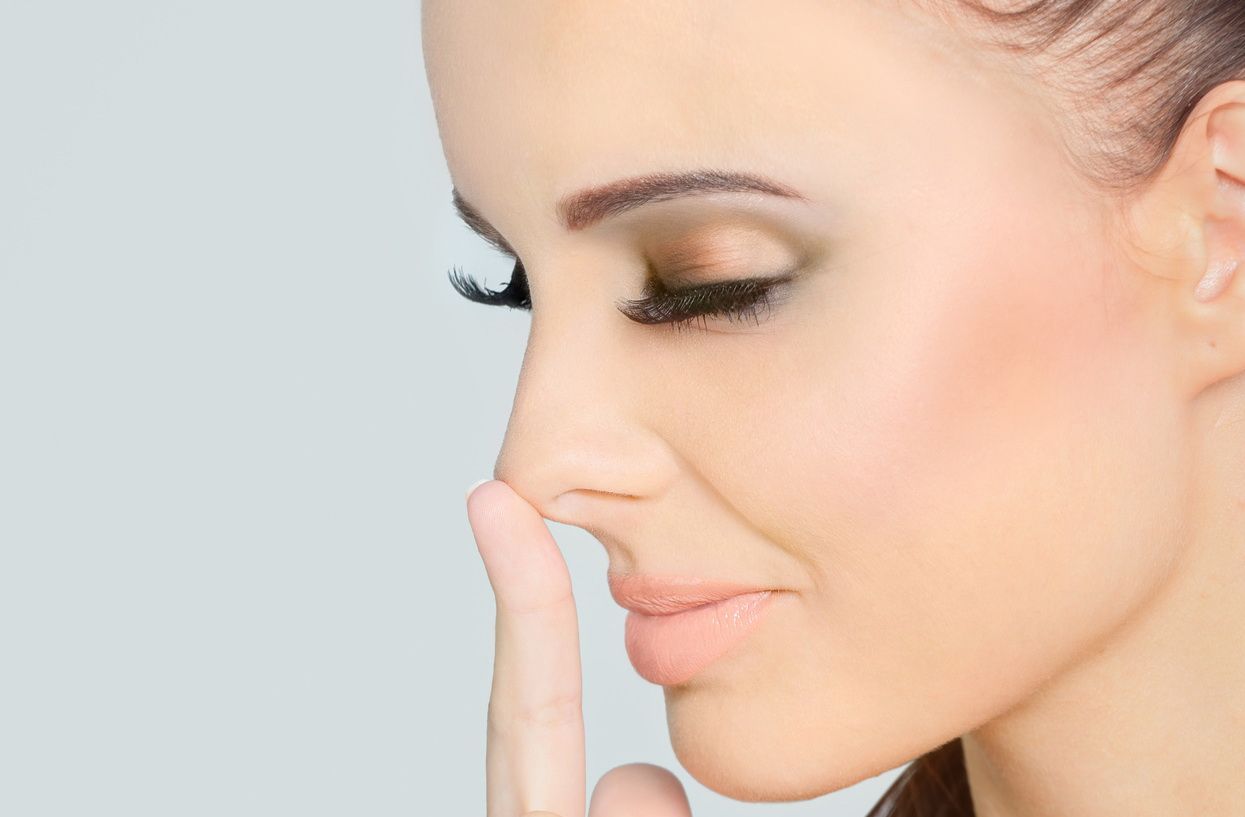
All people care about their appearance. Any flaws on the face can ruin your mood and instill a huge number of complexes. In injuries to the bridge of the nose, the nasal septum often shifts, which affects not only the aesthetic appearance but also your well-being. European clinics and aesthetic medicine hospitals perform quality rhinoplasty, which will correct visual defects and ensure normal breathing.
What is rhinoplasty
Rhinoplasty is a plastic surgery that aims to change the shape and size of the nose. After surgery, the proportions of the entire face change. As a consequence, a person’s self-esteem and quality of life are improved.
Causes of deviated septum
Some abnormalities are formed in the womb and remain for life. In many people, the deformity is associated with age-related changes. Fractures and cracks of the septum are caused by bumps and sports.
After a while, irreversible processes begin to occur. The nasal cavity begins to expand, and polyps appear. Very often the nasal congestion becomes chronic, which prevents the free access of air masses.
The bony-cartilaginous skeleton becomes C-shaped or S-shaped. The nasal septum becomes asymmetrical. This can lead to:
- difficulty breathing;
- constant nasal congestion;
- the appearance of mucous secretions in small amounts;
- the formation of crusts in the nose;
- dryness and itching in the nasal cavity;
- frequent runny nose;
- mucous membrane injuries and an increased tendency to bleeding;
- the appearance of snoring;
- Apnea – temporary respiratory failure, which is life-threatening;
- chronic sinusitis, rhinitis, and maxillary sinusitis.
Such manifestations do not allow you to fully sleep. As a result, one constantly feels tired and irritable. Mood and ability to work decreases. If you ignore the signs of a septal deformity, more serious consequences are possible.
Indications for rhinoplasty
Surgical correction is performed for:
- changes in the size of the nose (increase or decrease);
- hump removal;
- nasal tip correction;
- changes in the shape of the walls;
- reconstruction after injuries, burns, cuts;
- elimination of congenital defects – cleft lip, cheiloschisis, frontal dysplasia;
- the asymmetry of the nostrils is eliminated.
Plastic surgery reduces the nasal septum, nostrils, corrects the shape of the nose, changes the position of the tip of the nose.
Contraindications to rhinoplasty
Rhinoplasty is not performed on people who suffer from:
- inflammatory diseases of the mouth;
- chronic maxillary sinusitis;
- diabetes mellitus;
- hypertension;
- tuberculosis;
- renal insufficiency;
- HIV;
- blood clotting disorders;
- heart disease;
- epilepsy and mental disorders.
Types of rhinoplasty
Rhinoplasty is aimed at eliminating defects. In each case, specialists at clinics select the method by which to achieve maximum results.
Reducing the length of the nose
Such an operation is done only with the help of surgery. The operation can take place in different ways. This takes into account the length of the nasal septum, size, and strength of the cartilage that forms the wings of the nose.
The methods used are:
- removal of a fragment of cartilage located over the skin bridge (columella), which is located at the bottom between the nostrils;
- osteotomy if there is a fungus. In this case, the bony part is aligned, and the cartilaginous area of the back of the nose is subjected to plastic;
- plastics of the lower lateral cartilages, which form the wings of the nose;
- removal of excess soft tissue and small cartilage segments.
Septoplasty
There are several ways to perform this procedure. The classical variant involves cutting the mucosa with a scalpel and correcting the shape of the septum.
The endoscopic view is a manipulation with small incisions. Thanks to the endoscope, the image appears on the screen, allowing the surgeon to operate very precisely. The method is practically painless, with little bleeding.
The laser type is a bloodless option using a laser beam. This procedure is twice as fast as the others. It takes no more than 40 minutes and allows you to correct flaws without affecting healthy tissue.
It is worth noting that the laser method has many advantages. It is minimally invasive and bloodless. The laser binds the blood vessels, so that mucosal swelling cannot develop.
There is no risk of infectious inflammation because the laser beam destroys pathogenic microorganisms. There is no need for stitches. The rehabilitation process is quick.
It is not always possible for the patient to choose the method of surgery himself. This is due to the peculiarities of the clinical parameters. Qualified specialists of clinics evaluate all possible risks and choose the most appropriate method.
Tip of the nose plasty
Most often plastic surgery is performed after an injury. The essence of the closed method is to make a neat incision using special tools. After that, stitches are placed, which form the desired location of the tip of the nose.
In the open method, the bridge of the nose is cut. After the wing cartilages are opened, all excess parts are removed and stitches are applied. A special underlying cartilage can be used to strengthen the tip. The open method eliminates errors and avoids consequences.
Before surgery, the anatomical structure is studied. The patient, together with the doctor, has the opportunity to choose the external structure of the nasal tip, taking into account the contours and structure.
A split nasal tip is a congenital defect. Such a tip has a depression in the middle. The surgeon makes an incision and peels off the skin at the tip of the nose. The cartilaginous skeleton is exposed. To narrow the terminal part, in most cases the wing cartilages are dissected. After that, the ends are stitched together and the stitches are applied.
Indications for this method:
- teardrop-shaped tip of the nose;
- hooked and upturned nose;
- narrow or wide nostrils.
Rhinoplasty of a hooked nose
The aristocratic hook on the nose does not harmonize with all facial features. The deficiency may be due to hereditary factor, improper bone fusion. The plastic surgeon will model the shape of the nose without a hump using a computer program. At the same time you can adjust the wings and change the length of the tip of the nose.
The procedure is performed under general anesthesia. The plastic surgeon chooses the open or closed method. It depends on the access to the bone. The operation lasts no more than 2 hours.
Reconstructive rhinoplasty
Reconstructive rhinoplasty refers to changing congenital defects of the nose, complex deformities after unsuccessful operations, consequences of burns. When a malignant neoplasm is removed, part of the nose may be missing. To solve the problem, you need to do reconstructive rhinoplasty.
Plastic surgeons repair the nose with cartilage that is removed from the nasal septum and ear. Radical intervention involves the use of bone from the rib, femur, or pelvis. The nose is restored using silicone implants. The surgeon chooses the method, taking into account the complexity of the defect and individual indicators.
Nose contouring
Contour plastic surgery smoothes the back of the nose. This method is used for nasal irregularities and curvatures, a drooping tip, and a thickened back. This method does not require surgery.
Using fillers, the nose is given the desired shape. Plastic surgery is performed under local anesthesia. The procedure takes a maximum of 45 minutes. The drug is injected into the area determined by the specialist.
The disadvantage of the procedure is the short-lived result. The filler is resorbed after 9-15 months and the plasty is repeated again. Fillers are absolutely safe. They are based on hyaluronic acid. They take root well. After the drug is injected, slight swelling appears.
Grafting
The technique is used to increase the volume of the tip of the nose. Plastic surgeons place a cartilage graft. It is taken from the ear or the nasal septum. Simultaneously with the modeling of the nose strengthen the end section of the nose.
Preparation for rhinoplasty
Preparation consists of consulting a doctor and taking tests. This is necessary in order to rule out contraindications to the procedure and possible complications after the manipulation.
The examination includes:
- general and biochemical blood tests;
- blood for viral hepatitis and HIV;
- urinalysis;
- electrocardiogram;
- fluorography;
- determination of the number of antigens;
- computerized tomography;
- blood clotting test.
Ten days before the procedure, exclude alcohol and cigarettes. Do not take drugs that thin the blood. Avoid direct sunlight for 5-7 days before surgery.
How the operation is performed
Surgical intervention is possible with local or general anesthesia. However, most often general anesthesia is used due to the painful nature of the procedure. First of all, the necessary area is treated and an anesthetic is injected. The procedure affects only cartilage and bone tissue.
Rehabilitation after rhinoplasty
After the procedure, it is advisable for the patient to be under medical supervision for the first 24 hours. In most cases, however, many go home the same day.
At first it will be impossible to breathe through your nose. The patient has to breathe through his mouth, which is fraught with minor discomfort, dry mouth, and tearing. Pain can be cured with painkillers, which will be prescribed by a specialist at the hospital.
Physical activity and high temperatures are forbidden during the first week. The air in the room should not be dry. It is moistened and irrigated the nasal passage with a saline solution. Swelling decreases and breathing is restored in 14-21 days.
The use of sunscreen is recommended when going outdoors. But it is better to give up wearing glasses. Add to your diet more foods that are high in fiber. Prefer soft and liquid dishes. You should also avoid steam baths, inhalations, sunbeds, or saunas.
from 5000 €

Age-related changes cannot be concealed with decorative cosmetics. Shrivelled cheeks, “pimples,” flabby skin, and bags under the eyes are upsetting to anyone. Everyone wants to be young and beautiful. But nothing is impossible. Plastic surgeons at aesthetic medicine clinics in Europe will restore your appearance within a short period of time. You will look amazing after your facelift surgery.
What is a facelift
This is a type of surgery that radically rejuvenates the face. Thanks to surgical intervention it is possible to restore the clear contours of the face and return an attractive appearance.
A facelift will rejuvenate your face by 10-15 years. Surgical intervention involves the usual incisions for correction of facial tissue, fixation, and excision of excess skin. Modern suture materials and incisions in the hidden area do not leave scars, which is an advantage.
Indications for surgery
Surgical intervention is necessary for:
- The presence of deep wrinkles;
- Lowering of the outer corners of the eyes and upper eyelids;
- overhanging excess skin over the upper eyelids;
- the appearance of bags;
- the fuzzy outline of the face;
- sagging cheeks;
- the appearance of “bruises;
- the presence of a double chin;
- the appearance of deep nasolabial folds;
- skin laxity.
Contraindications
Surgery should not be performed if:
- infectious diseases;
- diabetes mellitus;
- problems with the cardiovascular system;
- chronic liver and bronchial diseases;
- blood clotting disorders;
- oncological diseases.
Varieties of facelifts
There are several types of surgical intervention. The most common ones are:
- The SMAS procedure is a traditional way to tighten the muscular-aponeurotic layers of the face. The incision is a zigzag to the hair growth line in front of the ear. It runs along the earlobe. The doctor separates the SMAS flap and fixes it. Excess skin is cut off. This method is characterized by harmony and durability. Recommended for patients who have a full or round face;
- SPACE-procedure – moving the layers (spacing) of the skin provokes the appearance of wrinkles. The doctor separates a small section of skin. Then the descended tissues in the spacers are lifted to their original position and fixed to the underlying tissues. This option is usually applied to people who have oblong and thin faces;
- MACS procedure is a minimally traumatic type of surgery that is recommended for skinny patients with age-related changes. Incisions are made as in the first version. The difference is the detachment of the skin and the application of special threads;
- Vector elevator is an injection method that is used for preventive purposes. It allows you to get rid of gravitational ptosis of the soft tissues of the face. This method uses fillers based on stabilized hyaluronic acid of non-animal origin.
Carrying out SMAS procedure
This operation is carried out as follows:
- A marking is made on the skin.
- General anesthesia is administered.
- Incisions are made in the front of the ears, behind the earflaps, in the temporal region.
- The skin flap is peeled off.
- Exhausting excess fat.
- The SMAS flap is peeled off.
- The flap is tightened and fixed in the necessary state.
- The skin is tightened and the markings are applied to the excess tissue.
- Stretch the skin and remove the excess.
- Stitches are applied and fixed with a sterile plaster.
- A bandage is put on.
Rehabilitation
Recovery from surgery takes up to 14 days. For a speedy recovery it is necessary to adhere to the following recommendations:
- wear a compression bandage for the first week;
- You can wash your hair after a week, dye your hair after 30 days;
- avoid physical activity for 1.5-2 months;
- It is forbidden to go to the sauna, solarium for 30 days;
- After 7 days, you can apply decorative cosmetics.
Face Lift
Aesthetic medicine clinics in Europe perform facelift surgeries. The team of professionals uses modern methods and high-precision equipment.
When choosing a method plastic surgeon takes into account the characteristics of the patient’s body and his personal preferences. Clinics and hospitals offer high-quality service and professional doctors who will change your appearance for the better and make you happier.
from 2400 €
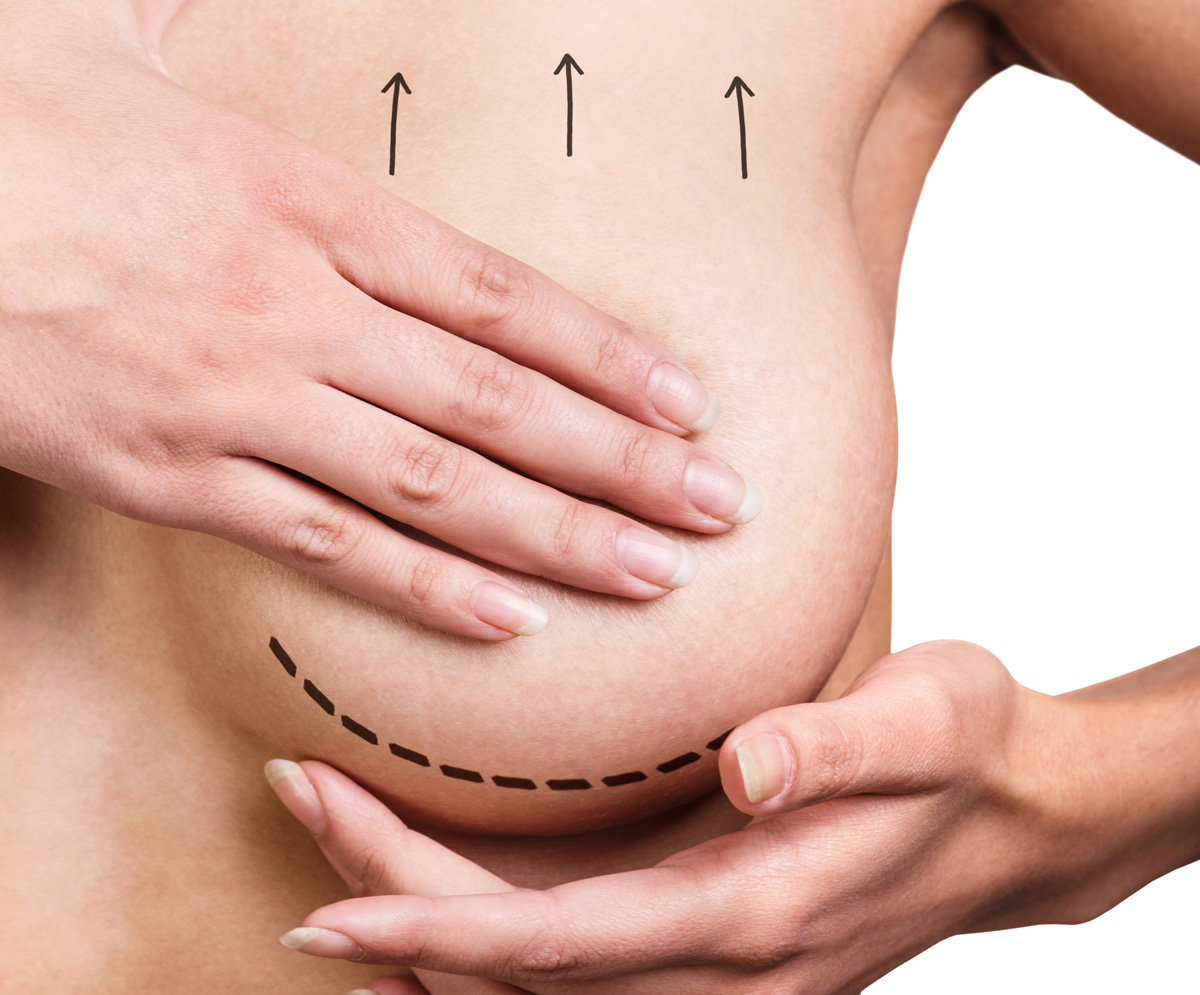
The luxurious shape of breasts is a reason for pride for any woman. Not all members of the fair sex have an ideal figure. Abrupt weight loss, age fluctuations, pregnancy can negatively affect the condition of the mammary glands. You can make your breasts beautiful and elastic with mastopexy in the clinics of aesthetic medicine in Europe.
What is a mastopexy
This is a plastic surgery that aims to tighten the mammary glands. During surgery, excess tissue is excised and the shape and contour are restored. The mammary glands lose their attractiveness because of:
- pregnancies;
- breastfeeding;
- dramatic weight loss;
- hormonal imbalance.
Preparing for mastopexy
Before the operation, you need to follow some recommendations:
- stop taking hormones and blood thinners two weeks in advance;
- limit the use of alcohol and cigarettes for 10 days;
- adhere to a diet that excludes spicy foods, caffeine, and salt;
- avoid direct sunlight.
It is obligatory to take tests:
- general and detailed blood tests;
- testing for hepatitis B and C, syphilis, HIV;
- COVID-19.
A mammologist makes a decision about surgery based on tests and the results of an ultrasound examination of the mammary glands. Lactation function is maintained after surgery.
Indications for mastopexy
Surgical intervention is done at:
- ptosis;
- loss of volume;
- unaesthetic form;
- Breast asymmetry;
- age-related changes in the mammary glands;
- loss of elasticity;
- hormonal malfunctions;
- shape changes after pregnancy.
Contraindications
Contraindications for the operation are:
- cancer formations;
- blood clotting disorder;
- cardiovascular diseases;
- renal failure.
Performing mastopexy
The method of surgery depends on individual indicators, the stage of prolapse of the glands, and personal preferences. The operation lasts three hours. It is performed under general anesthesia. Mastopexy can be:
- Periareolar – done for minimal ptosis. This is the gentlest way. The incision is around the areola. Areola and nipples are moved. The tissues are pulled up. Tuberous breast deformity is an indication for this method;
- vertical – corrects moderate ptosis. One incision is made at the outer edge and in the central part of the areolae. The operation is not traumatic. The glandular tissue is redistributed and moved upward. Excess skin is removed. After the incisions are sewn together. The method can be combined with breast reduction or augmentation surgery;
- classic or anchor – when there is a large excess of skin under the areola. The technique involves making an additional incision. After a while the stitches become invisible.
Rehabilitation
After mastopexy, the most common pain is nagging. The discomfort goes away after 7-10 days. For 2-3 days, the patient is in the hospital under the supervision of medical personnel. The doctor prescribes pain medication. Compression underwear is worn in the first month. Avoid physical activity.
Breast lift surgery
European clinics use the latest technology in breast lift operations. The surgeons have extensive experience in the field of medicine and aesthetics. Specialists are constantly upgrading their skills to make your bust flawless.
from 2700 €

Sagging eyelids and drooping outer corners of the eyes spoil the face. The forehead often has fine and deep wrinkles that are difficult to hide. All the nuances affect the mood and self-confidence. To get rid of this problem is very easy in the clinics of aesthetic medicine in Europe. Plastic surgeons perform surgeries that correct imperfections. Your eyebrows will be lifted and your eyes will be open.
What is a brow lift
The uniqueness of plastic surgery is to raise the line of the eyebrows and the outer corners of the eyes, smoothing the horizontal wrinkles on the forehead. The look becomes natural.
The result lasts for six years. After this time has elapsed, the procedure can be repeated. The procedure will not disturb the growth of eyebrow hairs. Hair regenerates quickly.
Indications for brow lift
Most often age-related changes result in drooping outer corners of the eyes and sagging eyebrows. If you see these signs, it is better to consult specialists.
Indications for lift surgery:
- lowered eyebrow line;
- the presence of excess skin in the upper eyelid area;
- drooping of the outer edges of the upper eyelids;
- accumulation of excess tissue around the bridge of the nose due to massive tissue prolapse;
- loss of skin tone on the temples, forehead, outer corners of the eyes, upper eyelids;
- The appearance of horizontal wrinkles in the forehead and near the root of the nose;
- multiple vertical and oblique lines between the eyebrows.
Contraindications to brow lift
Surgical intervention is prohibited if:
- diseases of the endocrine system;
- hypertension;
- diabetes mellitus;
- inflammatory processes in the body;
- Oncology;
- complete loss of tissue elasticity;
- blood clotting disorders;
- deep lesions of the forehead skin;
- diseases of the cardiovascular system.
Types of operations for brow lift
There are several methods of surgical intervention. Lifting can be:
- coronary – the traditional way. The incision is made along the line of hair growth. The doctor dissects out excess fat, tightens and corrects the arrangement of tissues. The surgery raises the eyebrows and smoothes out wrinkles;
- Endoscopic – with the use of special equipment, the fixation of muscles and tissues is made with bionic fibers. All manipulations are done through 3-4 small incisions;
- temporal – incisions are made in the temporal parts. This method lifts the heavily lowered corners of the eyebrows;
- Transpalpebral – the incision is made in the fold of the upper eyelids. Thanks to it the removal of wrinkles takes place.
Brow lift surgery
The endoscopic method helps to smooth the skin on the upper part of the face. The gentle method does not require a long rehabilitation period. This option is the most modern. At surgery:
- General anesthesia is administered.
- Small incisions are made.
- The skin of the forehead is tightened with special bionic fibers, which have fixing hooks on the ends. They are attached to the muscles and tighten the eyebrows.
- Stitches are placed.
Rehabilitation after a brow lift
No traces are left after endoscopic surgery. Swelling may persist for 7-10 days. It is recommended to apply a cold compress. The doctor prescribes medications to relieve swelling. A few tips for a quick recovery:
- In the first 5 days, sudden bending and turning of the head is forbidden;
- do not visit saunas and tanning salons for 3 months;
- avoid physical activity for 1.5 months.
Brow lift
European aesthetic medicine clinics perform brow lift surgeries. Highly qualified specialists use modern techniques to make your face look young and radiant.
The package includes a consultation and examination by a plastic surgeon, tests, surgery, anesthesia, a private room, a medical report of the surgery in any language, postoperative care and accompaniment. Some packages include reservations for airfare and a hotel that is close to the clinic. A team of professionals takes care of a comfortable stay at the clinic.
from 2900 €
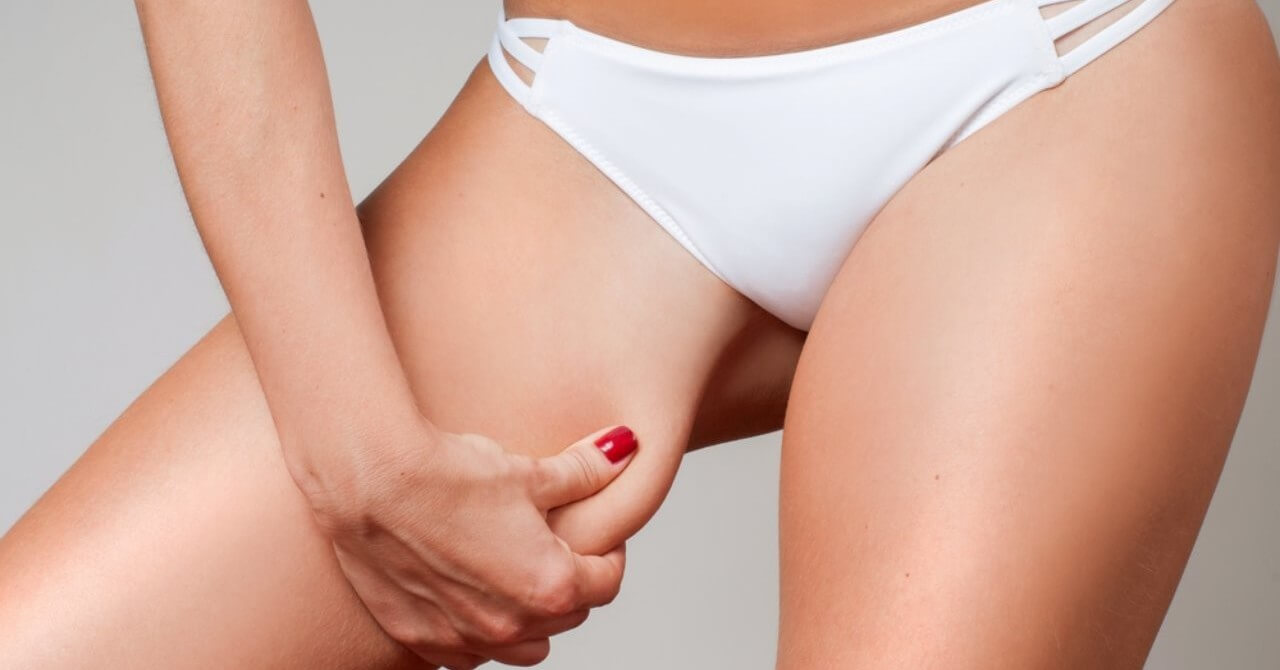
All people dream about the perfect body. Excessive thickness and sagging tissue on the hips is particularly upsetting to women, as it spoils the figure. This flaw can easily be corrected with hip lift surgery in aesthetic medicine clinics in Europe.
Thigh lift surgery
A thigh elevator is the movement of skin-fatty areas and the removal of excess layer. Often there is excess fat on the outside as well as the inside. In this case the fatty tissue is dissected at the same time.
Using an incision in the inguinal fold, excess tissue is removed from the inside of the thigh. It is possible to get rid of “ears” by removing the skin-fat flap from the outer part of the thighs.
Indications for hip lift surgery
Surgical intervention is performed for:
- cellulite that deforms the thighs;
- fat deposits;
- flabbiness and numerous folds;
- extra thickness of the thighs;
- the appearance of “ears;
- sagging skin;
- tissue prolapse;
- pits and stretch marks on the hips;
- weak muscles on the inside;
- muscular dystrophy.
In a thigh lift, the tissues become firm, the contours improve, the fat layer is reduced, excess thickness is eliminated, and the area of diaper rash is reduced.
Contraindications
The operation is not done if the patient has:
- oncology;
- problems with the cardiovascular system;
- inflammatory and infectious diseases;
- chronic hypertension;
- diseases of the endocrine system;
- diabetes mellitus;
- hemophilia;
- the advanced degree of obesity.
Types of thigh lift operations
There is a hip elevator:
- internal – the indication is a slight ptosis – tissue prolapse. The doctor makes an incision in the groin area followed by removal of excess skin. The inside of the thighs at the same time pulling up. This is the gentlest way;
- spiral – incisions are made around the thighs. The method is effective for severely sagging skin as a result of dramatic weight loss. The method is considered traumatic because of the depth of the incisions;
- vertical – they cut the inner part of the thighs in the form of a triangle. Excess fat is removed, and the wound is stitched with horizontal stitches. Usually the method is used for large areas of sagging skin;
- combined – combines all the previous methods. It is used if the patient has pronounced ptosis;
- Bodytite is invasive when there is very little fat. Liposuction is performed with radiofrequency waves.
Performing a Thigh Lift Operation
Before surgery, hormones and medications that thin the blood are excluded. It is desirable to give up sports. Alcohol and cigarettes are prohibited.
The operation lasts three hours. Stages of the operation:
- General anesthesia is administered.
- A marking is put on the skin.
- They make incisions. Remove excess tissue and fatty tissue.
- Stitches are placed.
- A drainage is placed and a sterile dressing is applied.
Rehabilitation
The patient is hospitalized for 1-2 days. In the first 14 days there may be pain and burning at the surgical site. The doctor will prescribe pain medication.
In the first week, it is forbidden to bend or sit. It is recommended to lie on your back. Wearing compression underwear for 30 days is mandatory. It is not recommended to sunbathe, visit the solarium, sauna, and sauna. Avoid physical activity.
Thigh lift
The result of the surgery depends on the choice of hospital and doctor. European aesthetic medicine clinics employ the highest level specialists with the most modern equipment. Every day plastic surgeons perform brilliant surgeries using innovative techniques.
The list of services consists of consultation and examination of a plastic surgeon, tests, surgery, anesthesia, private room, medications, surgery report in different languages, postoperative care and accompaniment.
Some packages include the purchase of airline tickets and hotel reservations that are within walking distance of the hospital. You can always contact the coordinator, who will contact the medical staff and help solve problems. Your thighs will become tighter and firmer. You will look amazing after the surgery.
from 2000 €
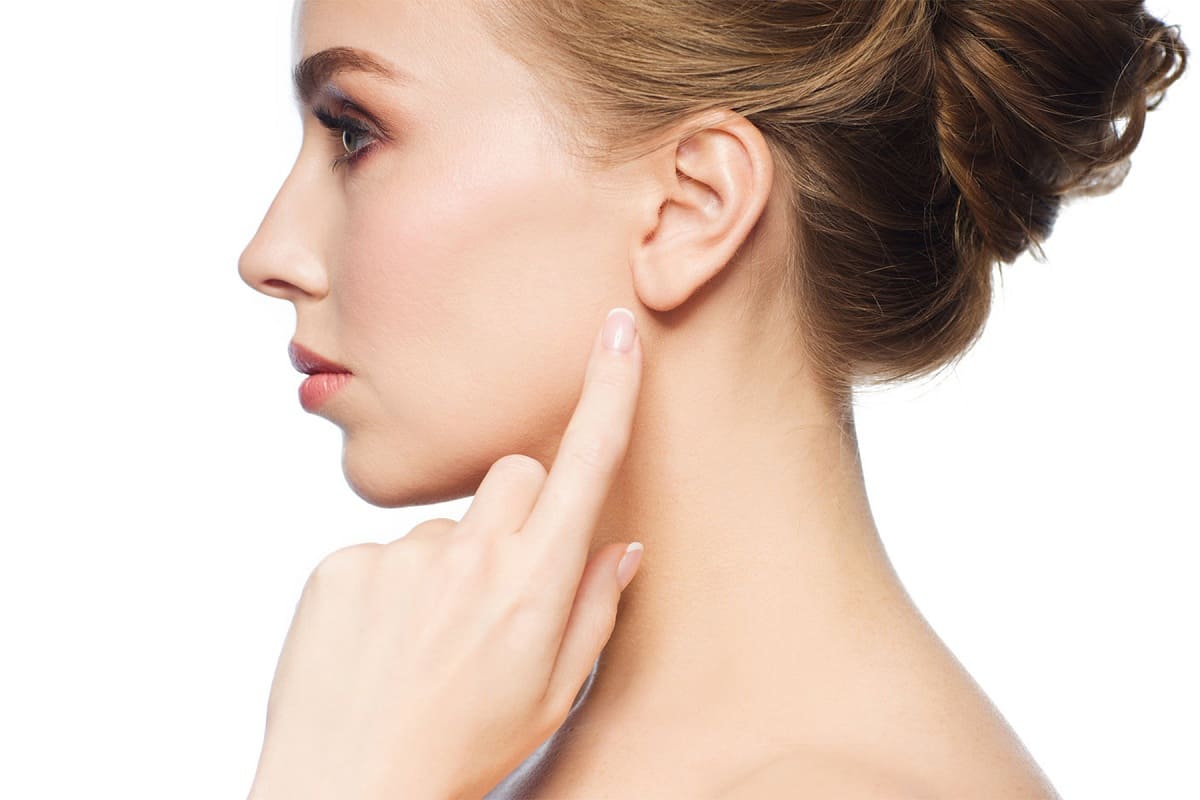
Plastic surgeons can be called real magicians. The right shape and small size of the ears are important elements of a beautiful appearance. Any abnormalities are conspicuous and catch the eye. However, the problem of floppy ears can be solved with otoplasty. The surgery removes congenital or acquired defects of the auricles. Clinics in Europe conduct surgeries at the highest level using innovative technology.
Aesthetic otoplasty
Plastic surgery is a safe procedure in which the position of the ears can be corrected. Surgical intervention corrects the shape of the auricles. Otoplasty can be of two types – aesthetic and reconstructive. In the case of floppy ears, an aesthetic option is used.
With the help of aesthetic plasty you can eliminate the following defects:
- asymmetrical position;
- large size ears;
- a puffed out shape.
The operation is carried out if there are such defects:
- an underdeveloped antinociculum;
- overdevelopment of the cartilage of the auricles.
Aesthetic defects can be corrected from the age of 6 years. At this time, the auricular cartilage is fully formed.
Otoplasty can be:
- scalpel – an inexpensive method, but it is rarely used due to the long rehabilitation period;
- laser is one of the most popular options. The laser beam softens the cartilage tissue. Notch lines are smooth and precise. Tissues recover quickly. The cost is higher than the previous method, but the price corresponds to the quality;
- Radiofrequency – surgical intervention is performed with a radiofrequency device. There are no scars after the procedure.
Indications for otoplasty
Otoplasty is done at:
- earlobes;
- large size of the auricles;
- the presence of congenital defects;
- the formation of scars;
- underdevelopment or absence of an organ;
- large lobes.
Contraindications to otoplasty
Surgical intervention is prohibited if:
- oncological diseases;
- hepatitis and HIV;
- diabetes;
- mental disabilities;
- ear ailments;
- blood clotting disorders;
- chronic illnesses;
- pregnancies;
- menstruation;
- low immunity.
Performing otoplasty
Every day in European aesthetic medicine clinics are correcting floppy ears. Stages of laser surgical intervention:
- The doctor draws a marking on the areas to be excised.
- Local or general anesthesia is administered.
- They dissect the skin in the crease behind the sink.
- Cartilage is removed or displaced.
- Laser beam fixes the cartilage fragment in the required state.
- The operation lasts no more than one hour.
- The internal cosmetic suture is applied.
- A bandage is put on.
The advantages of laser otoplasty include:
- quick recovery;
- absence of scars and marks after surgery;
- the natural position of the ears;
- low tissue traumatization;
- sterility and safety.
After surgery, pain in the ear area persists for 1-2 days. The elastic bandage should be worn for 1.5-2 weeks.
With surgical otoplasty, rehabilitation takes much longer. The surgical intervention lasts for 2 hours. The incisions leave scars and scars.
Where is the best place to get an otoplasty
Aesthetic medicine clinics in Europe employ specialists of the highest category. They perform operations on modern equipment. Medical institutions practice an individual approach to each patient.
The patient is examined by a doctor before the operation. Given the individual parameters, the specialist decides on the method of surgical intervention. With the help of 3D modeling, you can see the future result in advance.
Many clinics provide flight reservations and a hotel within walking distance of the clinic. After consultation and necessary tests, the operation is performed.
from 2700 €
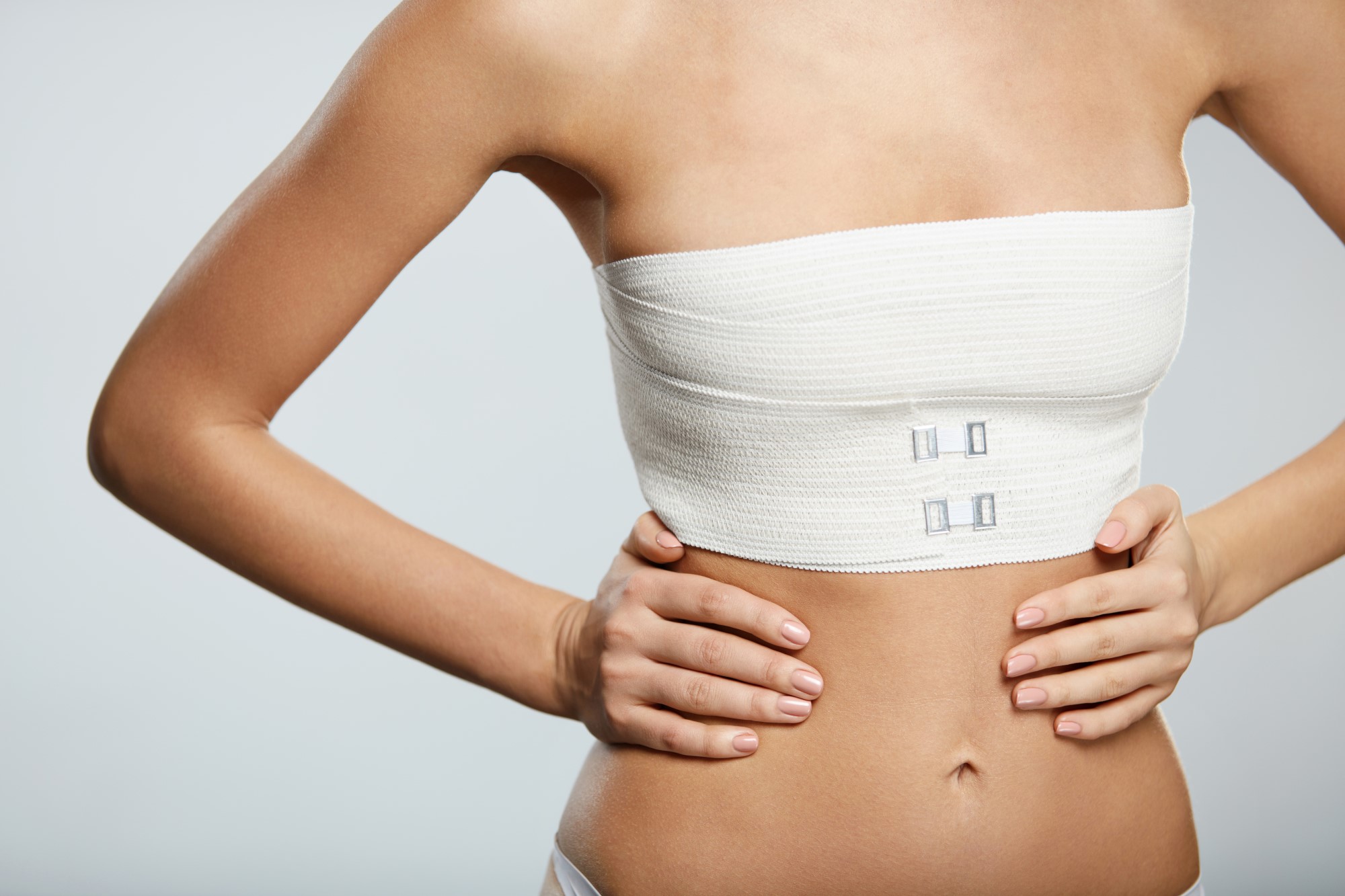
A beautiful shape of breasts attracts the eyes of others. Some women have very large mammary glands. Breasts can cause health problems and discomfort. In this case it is reduced. Specialists at aesthetic medicine clinics in Europe have extensive experience in breast reduction surgery.
Breast reduction
Through surgical intervention it is possible to reduce the volume and eliminate asymmetry. Large breasts are a problem for many of the fair sex.
Breast reduction is a complicated plastic surgery. During surgical intervention, a significant portion of the glandular and fatty tissue is removed. At the same time, the mammary glands are lifted and the areola is reduced.
Anchor and vertical varieties are most often used. Areola nipples are set in a new state. In mammoplasty, it is possible to remove 1 kg of tissue. Surgical intervention is performed not only at the request of the client, but also on medical grounds.
Indications for breast reduction
Causes of enlarged breasts:
- genetic predisposition;
- changes in volume after childbirth;
- hormonal failure;
- menopause;
- overweight.
Surgical intervention is performed for:
- gigantomastia;
- macromastia;
- Ptosis – prolapse under heavy weight;
- enlarged areolar area;
- Breast asymmetry.
The surgery removes volume, removes excess skin, and tightens the areolar area. It is worth noting that patients retain their lactation function.
Contraindications
It is forbidden to perform the operation if:
- pregnancies;
- mastopathy;
- Oncology;
- blood clotting disorders;
- infectious diseases.
Conducting a Reduction
Prior to surgery, you must undergo tests:
- general and detailed blood tests;
- testing for hepatitis B and C, syphilis, HIV;
- COVID-19.
The operation is performed under general anesthesia. Surgical intervention takes 3 to 4 hours. Stages of the operation:
- The surgeon draws the markings on the body.
- A vertical (from the nipples to the pectoral folds) or T-shaped (joining the straight suture with the horizontal one) incision is made.
- They dissect out the excess fat layer. In some cases, breast tissue is removed.
- Areola correction.
- Moving the nipples.
- Stitches are placed.
Rehabilitation
In the first few hours there may be pain in the chest area. The doctor prescribes pain medication. You spend several days in the hospital under medical supervision. You should avoid physical exertion and direct sunlight for 3 months.
Breast reduction surgery
European aesthetic medicine clinics use modern technology during surgery. Experienced plastic surgeons will diagnose the patient’s individual parameters.
Surgeons work with modern equipment and have vast experience in the field of medicine and aesthetics. The junior medical staff will provide you with quality and professional post-operative care. You will be provided with all the medications you need. Highly qualified staff will get rid of your annoying problem. Breasts will become a moderate size and desired shape. You will feel confident and happy.
from 2000 €
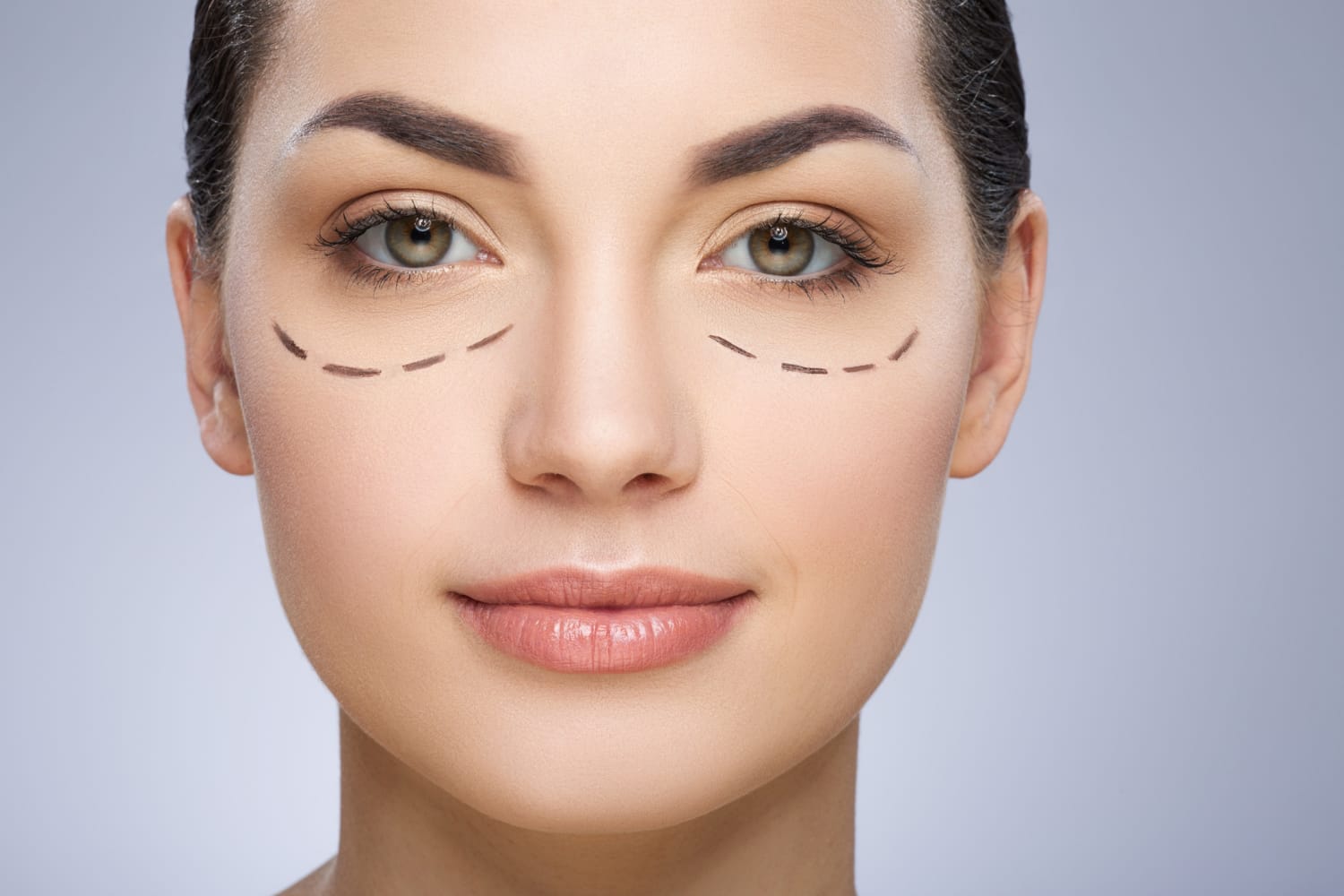
Beautiful eyes attract the eyes of others. Their expression shows the mood of the person. Any flaws in the skin of the face give away age and give a lack of freshness. Flaws can be congenital or acquired. The situation can be corrected by blepharoplasty in European clinics of aesthetic medicine.
What is a lower blepharoplasty
Blepharoplasty of the lower eyelids is an operation to remove wrinkles and skin folds, as well as to remove bags under the eyes. Early aging, trauma, increased skin stretching provoke the appearance of puffiness under the eyes.
Eyelid correction in European clinics is performed by excising the excess fat layer. At the same time the muscles are tightened. The look becomes open and disposing.
Most often such manifestations can be seen in people after 40 years of age. However, in some cases, surgical intervention is required much earlier. Lower eyelid plasty is performed in patients no younger than 18 years of age.
Indications for lower blepharoplasty
Lower eyelid surgery is done to get rid of:
- bags and puffiness;
- excess skin tissue on the lower eyelids;
- congenital defects;
- the consequences of trauma and botched operations.
The result lasts about 10 years. The effect of the surgery:
- a rejuvenated and fresh look;
- Lifting sagging skin;
- absence of wrinkles;
- removal of hernias, bags;
- change in the cut of the eyes.
Contraindications for lower blepharoplasty
Surgical intervention is not performed for:
- malignant tumors;
- diseases of the cardiovascular system;
- inflammatory processes;
- diabetes mellitus;
- Dry eye syndrome.
Performing lower blepharoplasty
Plastic surgery is done in three different ways:
- traditional – a scalpel is used to cut the area under the lash edge. Fat deposits are excised or distributed to another part. Tissues are stitched together with intradermal cosmetic sutures;
- transconjunctival – lower eyelid hernias are removed. An incision is made in the area of the mucous membrane of the lower eyelids. Excess fat is removed through it. There are no scars after surgery;
- laser – in this case a surgical laser is used. It helps glue the vessels together and prevents bleeding. The operation does not traumatize the surrounding tissue. Thanks to this, rehabilitation is very quick. The laser look evens out the skin, eliminating additional incisions.
Before the surgery, you have to undergo tests:
- general and detailed blood tests;
- tests for hepatitis B, C, syphilis, HIV;
- COVID-19.
During surgical intervention:
- With the help of 3D modeling, they create the future shape.
- Apply the markings with a special marker.
- General anesthesia is administered.
- Make an incision along the line of lash growth.
- They remove the fatty tissue.
- The operation lasts one hour.
- Cosmetic stitches are applied.
Rehabilitation
Recovery after surgery takes 14 days. Tips that will speed up recovery:
- avoid physical exertion, visits to the bath, solarium, swimming pool, sauna for 2 months;
- Contact lenses and decorative cosmetics should not be used during the first 2 weeks;
- In summer, you need to wear sunglasses.
Lower blepharoplasty in European clinics
Plastic surgeons at European clinics have extensive experience in performing blepharoplasty. They use modern methods and the latest equipment in their work. Service in the clinics is at the highest level.
The package includes consultation and examination by a doctor, tests, surgery, anesthesia, medical coordinator and interpreter, private room, post-operative care and all medications. A qualified team will make your stay at the clinic comfortable and your face young and fresh. The radiant look will give a special charm to your appearance.
from 1800 €
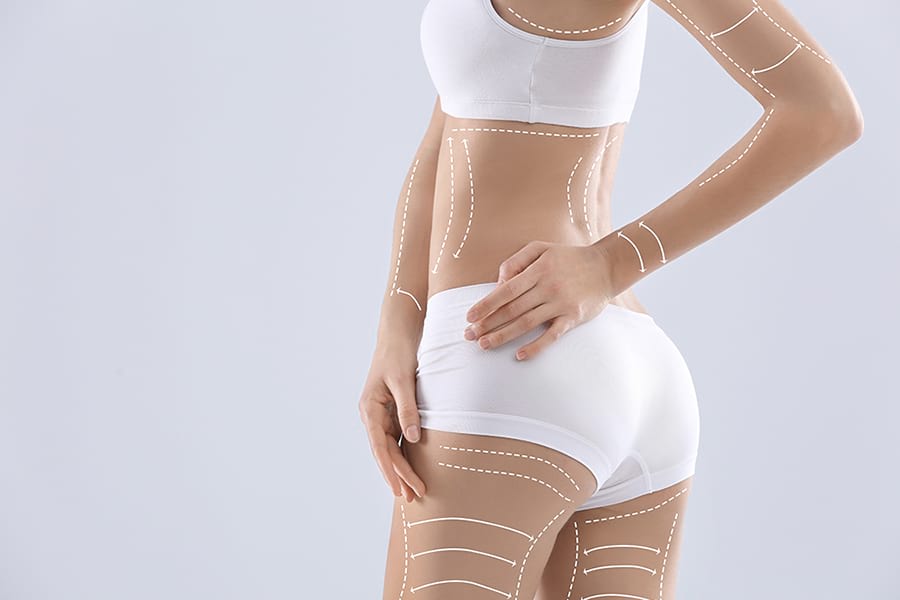
Many people are unhappy about being overweight. They use diets, exercise, and use diet pills. However, not all methods show good results. Weight loss drugs can even harm a person. You can make your body slim and beautiful with liposuction clinics and aesthetic medicine hospitals in Europe. Highly qualified doctors perform surgeries at the highest level.
What is liposuction
Liposuction is a plastic surgery procedure to remove fat deposits in different parts of the body. The procedure will help you get rid of excess weight quickly and without consequences.
Contraindications to surgery are the presence of:
- cancer;
- pregnancy and the lactation period;
- diabetes mellitus;
- inflammatory processes;
- blood clotting disorders;
- mental disorders;
- kidney and liver diseases.
Surgical liposuction
This method is known to many people. It began to be used quite a long time ago. Those who wished to quickly get rid of a large amount of fat were under the scalpel without hesitation.
Surgical intervention of this technique is traumatic and requires a long rehabilitation period. The operation is performed only under general anesthesia. The advantages of surgical liposuction are its low cost and the ability to remove up to 12 liters of fat.
Nowadays, this method is used very rarely, as innovative methods have emerged. Patients give preference to non-surgical options. Such procedures are more expensive, but the price is fully consistent with the quality.
What is non-surgical liposuction
The essence of the non-surgical method is to remove excess fat deposits without surgical intervention. The result of the procedure exceeds all expectations. Thanks to the peculiarities of the procedure, it is possible to remove deposits in any part of the body. This is especially true of the hips, stomach, and knees. These are the most problematic areas that are difficult to correct.
Non-surgical liposuction destroys fat cells and then naturally removes them from the body. Point action will make the parameters of the figure ideal.
Varieties of non-surgical procedures
There are several types of non-surgical interventions. Each of them has its own characteristics, advantages and disadvantages. At the consultation the doctor selects the method taking into account the scope of work and the client’s wishes.
Electrolypolysis
A popular method of treating fat deposits with alternating current pulses. Current pulses pass through the electrodes. They make dense fat cells emulsify. The procedure is done for cellulite and persistent fatty deposits.
Electrolypolysis can be:
- electrode – a flat electrode removes small fat deposits;
- needle – thin silver needles – electrodes are used. They affect large volumes of fatty tissue.
The treatment can be combined with wraps and anti-cellulite massage. The effect of electrolypolysis:
- the volume of the hips and waist are reduced;
- the skin becomes firm and taut.
Waterjet liposuction
Waterjet liposuction can be used to break up fat deposits. Streams of water enter the cells under high pressure and flush them out of the body. There are two channels in the device through which the liquid flows. One of them is pressurized liquid. It loosens up the fatty tissue. Through the other channel, a mixture of fluid and excess cells is expelled.
This method practically does not traumatize muscle cells, blood vessels and nerve endings. Rehabilitation takes place within a short period of time. The result lasts for a long time.
Chemical liposuction
The essence of the method consists in introducing a composition with lipolytic substances into the fatty tissue. The composition acts on the deposits, turning them into an emulsion. It is eliminated naturally through the lymphatic system. There are no scars or swellings after chemical liposuction.
The procedure locally corrects certain areas of the face or body. The composition of Akvalix is absolutely safe and does not cause allergic reactions. It is a viscous gel-like substance. Thanks to the dense structure there is a possibility of spot action on the necessary areas.
Cryolipolysis
Low temperatures are applied to the fat tissue with a special apparatus. Fat cells have no defense against the cold. Cooling causes irreversible biochemical processes that cause natural death. Then they are eliminated by the lymphatic system.
You can remove ¼ of the excess fat in one session. During the procedure, only the necessary areas are cooled. The result will appear in two weeks after the first session.
Radio wave liposuction
An innovative method in which high-frequency current destroys fatty tissue. This method not only removes excess skin, but also tightens it. The needle of the device penetrates the fat layer and brings the temperature up to 43 degrees. Adipocytes (fat cells) are destroyed and eliminated from the body. The second electrode of the nozzle contracts and twists the stretched collagen fibers.
The device is equipped with a variety of nozzles. Each of them fits a certain part of the body. The puncture length does not exceed 3 mm. The procedure takes about 20-25 minutes.
Laser liposuction
Laser energy has a powerful effect on fat cells, destroying their membrane. Blood loss during the procedure is minimal because the blood vessels are glued together. Stimulation of collagen synthesis at the same time tightens the skin.
Laser liposuction is performed under local or general anesthesia. The doctor makes a marking beforehand. Then he inserts a special microcannula. Inside the cannula is an optical fiber that transmits laser energy. In 3 days there will be no trace of the punctures.
VASER Liposuction
This is the latest technology, which is a success all over the world. Every day specialists in hospitals and clinics of aesthetic medicine perform many procedures using the VASER device. The technique combines three procedures:
- liposuction – removal of fat cells and cellulite;
- lipofilling – redistribution of the fat layer to the area where there is a deficit;
- Computer modeling – it is used to draw the contours and correct proportions.
It is worth noting that any of the procedures can be selected separately or all at once. Intense and gentle exposure to ultrasound does not traumatize blood vessels and nerve endings. The VASER device corrects any part of the body. Stages of liposuction:
- The plastic surgeon makes the markings on the patient’s body after 4D modeling. All problematic places are taken into account.
- Anesthesia is administered.
- Micropunctures are made with the introduction of an ultrasound probe. Its waves begin to act on the fatty tissue. A special solution with small gas bubbles goes into the cells. Under the influence of ultrasonic waves they burst and adipocytes detach from each other.
- Excess tissue is removed through a thin cannula. If necessary, it is transplanted to places where there is a deficiency.
- After VASER liposuction it is recommended to avoid physical activity for 21 days. Wearing compression underwear during this period will speed up the process of recovery and tissue maintenance.
The advantages of VASER liposuction:
- quick recovery;
- the possibility of carrying out at any age;
- restoration of proportions;
- covers most of the body;
- There are no incisions, scars, scars, or hematomas;
- perfect result;
- skin tightening;
- transplantation of one’s own tissues;
- computer modeling;
- long-lasting effect;
- security.
Liposuction of gynecomastia
This type of liposuction concerns members of the stronger sex. Due to a number of factors, men increase the volume of their breasts. In addition to the aesthetic appearance, gynecomastia is accompanied by pain and discomfort in one or both breasts. The breasts resemble those of a woman. The areola increases in diameter and swelling appears.
Gynecomastia comes in two varieties:
- False – it is formed by excess subcutaneous fat. In this case, liposuction with excision of excess tissue is performed. At the same time, the tissues of the chest are corrected and tightened. It is possible to change the asymmetry;
- true – related to the overgrowth of the breast. When liposuction is performed, the gland is removed. The breasts become firmer. Unpleasant feelings disappear. There are no scars or scars after surgery.
For false gynecomastia, small punctures are made under anesthesia on both sides or in the axilla. The layer of fat is removed and the stretched skin is excised. The appearance of the breasts changes for the better.
In true gynecomastia, anesthesia is administered and an incision is made along the edge of the areola. The breast gland and excess tissue are removed. Correct the shape of breasts. An intradermal cosmetic suture, which does not need to be removed, is used. The effect of gynecomastia liposuction:
- reduction in the volume of the breasts;
- elimination of asymmetry;
- removal of excess fat;
- a beautiful and trim look;
- shape correction.
In hospitals and clinics in Europe, teams of professionals work on the latest equipment. Specialists provide a full range of services. It is possible to book tickets and hotel in advance. At the appointed time, the patient comes for a consultation with the doctor. Computer modeling is used to create the future contours of the figure, taking into account individual performance and personal preferences of the client. After all the necessary tests are taken, the patient undergoes the procedure.
from 2500 €

Liposuction is considered a popular and sought-after operation. You can remove excess fat and tighten the muscles of the chest in the clinics of aesthetic medicine in Europe. The surgery is performed on men with large volumes to eliminate the cosmetic defect and painful sensations.
What is gynecomastia liposuction
Due to a number of factors, men increase the size of their breasts. It causes discomfort in one or two breasts. Breasts can be compared to women’s breasts. The areolar area is severely swollen.
The cause of gynecomastia is hormonal failure. As a result, the female hormone estrogen is produced in large quantities. An imbalance leads to an increased volume of breast mass.
Gynecomastia can be:
- False – formed due to subcutaneous fat. Liposuction implies the excision of excess fat. Surgeons correct and tighten muscle tissues at the same time. Asymmetry can also be eliminated;
- true – it provokes the overgrowth of the mammary glands. It is removed during surgical intervention. Your breasts are getting firmer.
Indications for gynecomastia liposuction
The operation is done at:
- breast compaction;
- a sense of heaviness;
- painful sensations on palpation;
- increase in the diameter of the mammary glands;
- physical discomfort.
Contraindications for gynecomastia liposuction
It is forbidden to perform the operation if:
- chronic and infectious diseases;
- oncological diseases;
- diabetes mellitus;
- blood clotting disorders;
- mental illnesses;
- severe obesity.
Gynecomastia liposuction
The surgery reduces breast volume, eliminates asymmetry, removes excess fat, corrects the shape, and lifts sagging breasts. Surgical intervention lasts from 3 to 4 hours under general anesthesia. They take some tests beforehand:
- general and detailed blood tests;
- HIV, hepatitis B and C, syphilis;
- COVID-19.
It is obligatory to make an ultrasound of the mammary glands to exclude neoplasms. After taking the medical history, the doctor makes a decision about surgery.
Stages of false gynecomastia liposuction:
- They make punctures small in the armpit or on both sides.
- Excess fiber is dissected out.
- Corrects and tightens breast tissue.
- Asymmetry is corrected if necessary.
- Stitches are placed.
Stages of true gynecomastia liposuction:
- An incision is made along the edge of the areola.
- The mammary gland and excess tissue are dissected.
- Correcting shapes.
- Stitches are placed.
Rehabilitation
Full recovery takes 2-3 weeks. Painful sensations may occur. Do not shower during the first five days. Physical and heat stress is also prohibited. Wearing a special bandage is recommended in the first 14 days.
Liposuction of gynecomastia
European clinics are JCI certified. Plastic surgeons perform surgeries at the highest level, following the example of colleagues from renowned medical centers in Israel, Germany and the United States.
Medical services include a doctor’s consultation and examination, tests, surgery, anesthesia, a private room, medications, an operation report in English and Russian, postoperative care and accompaniment. The best specialists will solve your problem. Your breasts will look healthy and natural.
from 3000 €
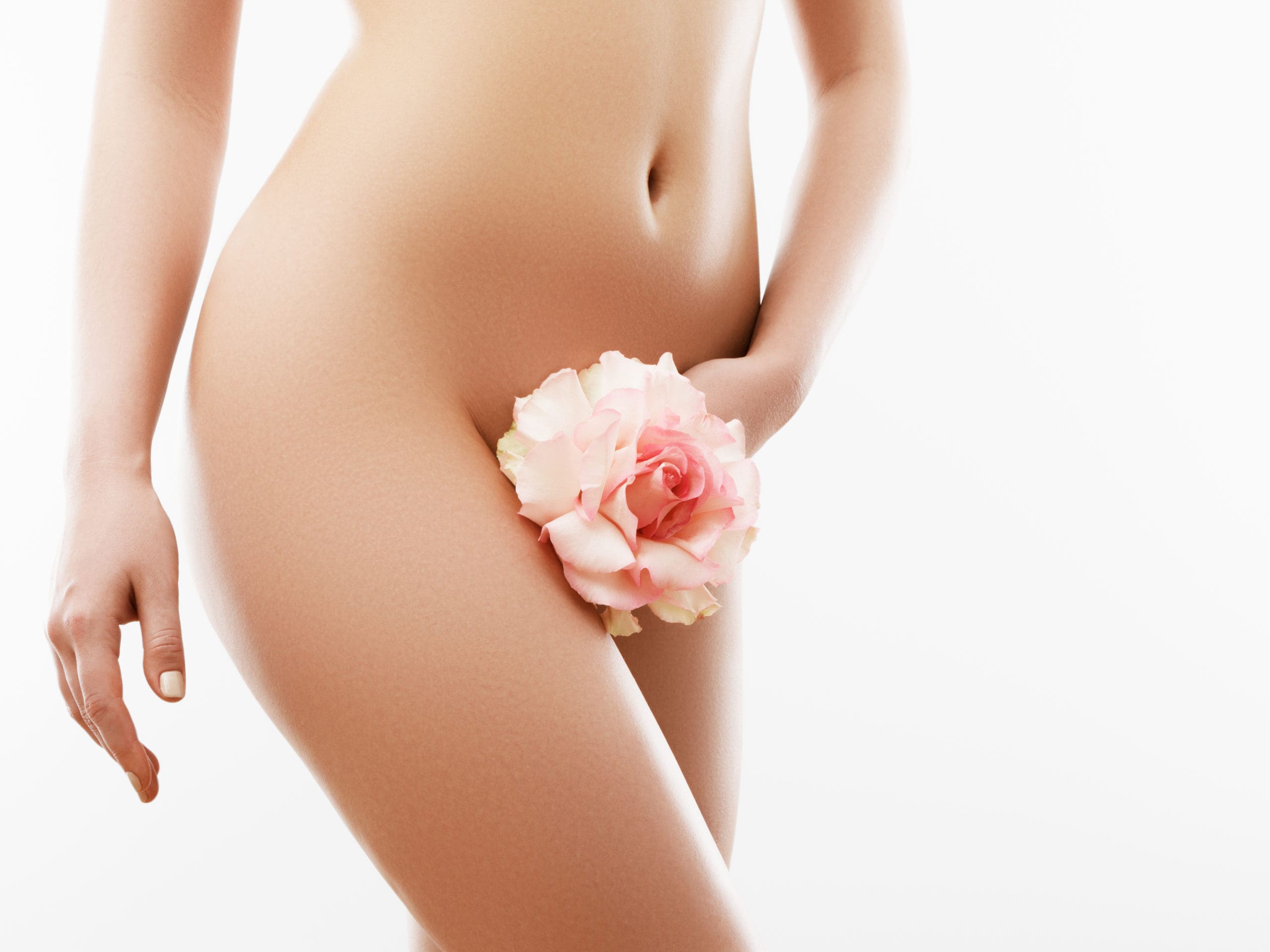
The labia can be traumatized during childbirth. This is fraught with aesthetic discomfort and physical discomfort. You can get rid of this problem with the help of labioplasty in European clinics of aesthetic medicine.
What is a labioplasty
This is a surgical intervention that aims to improve the appearance of the genitals. The procedure does not reduce sensitivity at all. Thanks to surgery:
- correct the size and shape of the labia;
- eliminate the asymmetrical position;
- remove the aftermath of childbirth
Indications for surgery
Surgical intervention is performed for:
- congenital or acquired asymmetry;
- changes or postpartum trauma;
- abnormalities in the formation of the vulva;
- discomfort during intercourse;
- anatomical defects;
- fusion of the labia;
- hyperpigmentation;
- loss of elasticity.
The cause of an enlarged labia can be trauma, hormonal imbalance, sudden weight changes, inflammatory diseases. Labioplasty can be:
- Reductive – reducing the volume of the labia minora and labia majora;
- increasing – change in shape;
- corrective – the laser is used to remove scars.
Contraindications
It is forbidden to perform the operation if:
- Oncology;
- Infectious and inflammatory diseases of the genital system;
- blood clotting disorders;
- chronic illnesses;
- wounds in the manipulation area;
- diseases of the endocrine system;
- HIV;
- allergies;
- autoimmune diseases;
- mental disorders
Performing a labioplasty
Surgical intervention takes from 1 to 2 hours. It is conducted under general anesthesia. Before the procedure, hair is shaved off and tests are taken:
- general and detailed blood tests;
- Hepatitis B and C, syphilis, HIV;
- COVID-19.
Stages of the operation:
- An incision is made along the labia.
- Excess tissue is dissected out.
- Correcting the shape.
- Self-absorbable stitches are applied.
Vaginoplasty and clitoroplasty can be performed simultaneously.
Rehabilitation
During the first 7 days it is not recommended to walk or sit for long periods. Avoid physical activity. It is forbidden to visit saunas, solariums, swimming pools. Bathing in hot water can negatively affect the recovery process. After full rehabilitation, you can resume intimate life.
Labioplasty
In clinics and hospitals in Europe, specialists will perform a surgical intervention that will change the shape and size of the labia. You won’t have any more complexes. You will be able to have a full intimate life after the procedure.
The best doctors, nurses and nurse practitioners will provide you with services at well-known medical facilities. You can consult with the medical staff at any time. Quality service and professionalism of doctors will pleasantly surprise you.
from 2900 €

You can tighten your body and achieve the right proportions without strict diets and grueling workouts. There are alternative ways in which you can compensate for the deficiencies of some areas at the expense of others. Fat injections into different areas of the body help restore the correct proportions. In the clinics of aesthetic medicine in Europe you can have a procedure to tweak your body.
Body Lipofilling
The surgical intervention changes the figure through the subcutaneous injection of the patient’s own fatty tissue. Adipose tissue is separated from the donor area and transplanted to the site of the deficit. The procedure has a double effect. Liposuction takes place in one area and an addition at the site of the shortage. Donor areas – buttocks, abdomen, thighs, back.
Fat cell injections are done in any part of the body. With the breast procedure, it is possible to restore the mammary glands if a cancerous tumor has been removed. In this case, no foreign materials will be needed. The surgery will correct the asymmetry and make the shape look beautiful.
In buttock lipofilling, purified fatty tissue is injected into the incisions in the folds. Fatty tissue is removed from the thighs, abdomen, and back. A certain amount of fat is injected. The buttocks are taking the right shape.
With the help of the procedure you can rejuvenate the hands. It is this part of the body that most often gives away age. The protrusion of veins, tendons, the rest of the flaws are very striking. It is possible to maintain the appearance by cosmetic means. However, the subcutaneous fat layer needs more serious intervention. Fat is injected so that age-related changes are not too noticeable.
Lipofilling of the knees is considered a highly effective and simple procedure. As a result, fat deposits in the knee joint area are removed. There are no side effects.
Indications for surgery
The procedure is performed for:
- increase in body volume;
- smoothing out the irregularities;
- filling of sunken scars;
- to restore the contour and volume of the body;
- asymmetry elimination;
- rejuvenation;
- scar elimination;
- smoothing out uneven areas after liposuction.
Contraindications
Surgical intervention is prohibited if:
- blood clotting disorders;
- high blood pressure;
- diabetes mellitus;
- skin injuries;
- acute chronic diseases;
- mental illnesses;
- cancerous formations.
Conducting an operation
The procedure is performed under general anesthesia. The duration of the operation varies from 2 to 4 hours, depending on complexity. Stages of surgical intervention:
- Extract excess tissue from the area with excess fat.
- It is then subjected to purification to obtain pure biomaterial.
- Special syringes (cannulas) are used to inject clean material under the skin.
The procedure is often combined with liposuction. Only your own fatty tissue is injected, so that there are no complications and rejection. Other people’s tissues are not used.
Restore
Alcohol and cigarettes are prohibited after surgery. Wearing a compression bandage in the first weeks helps a quick recovery. Hematomas and bruises are resolved within 10 days. Avoid physical and heat stress.
Surgery in aesthetic medicine clinics
Clinics in Europe conduct quality operations. The medical staff will provide all diagnostic, surgical and aftercare services. Medical institutions will create the best conditions for patients. Patients will be in a hospital that has the best equipment.
Medical care in clinics and hospitals in Europe is conducted at a professional level. Specialists find an individual approach to each patient. You will feel comfortable. Surgeons from the best medical facilities in Europe will do their job very accurately. Your figure will change for the better after the surgery.
from 2500 €
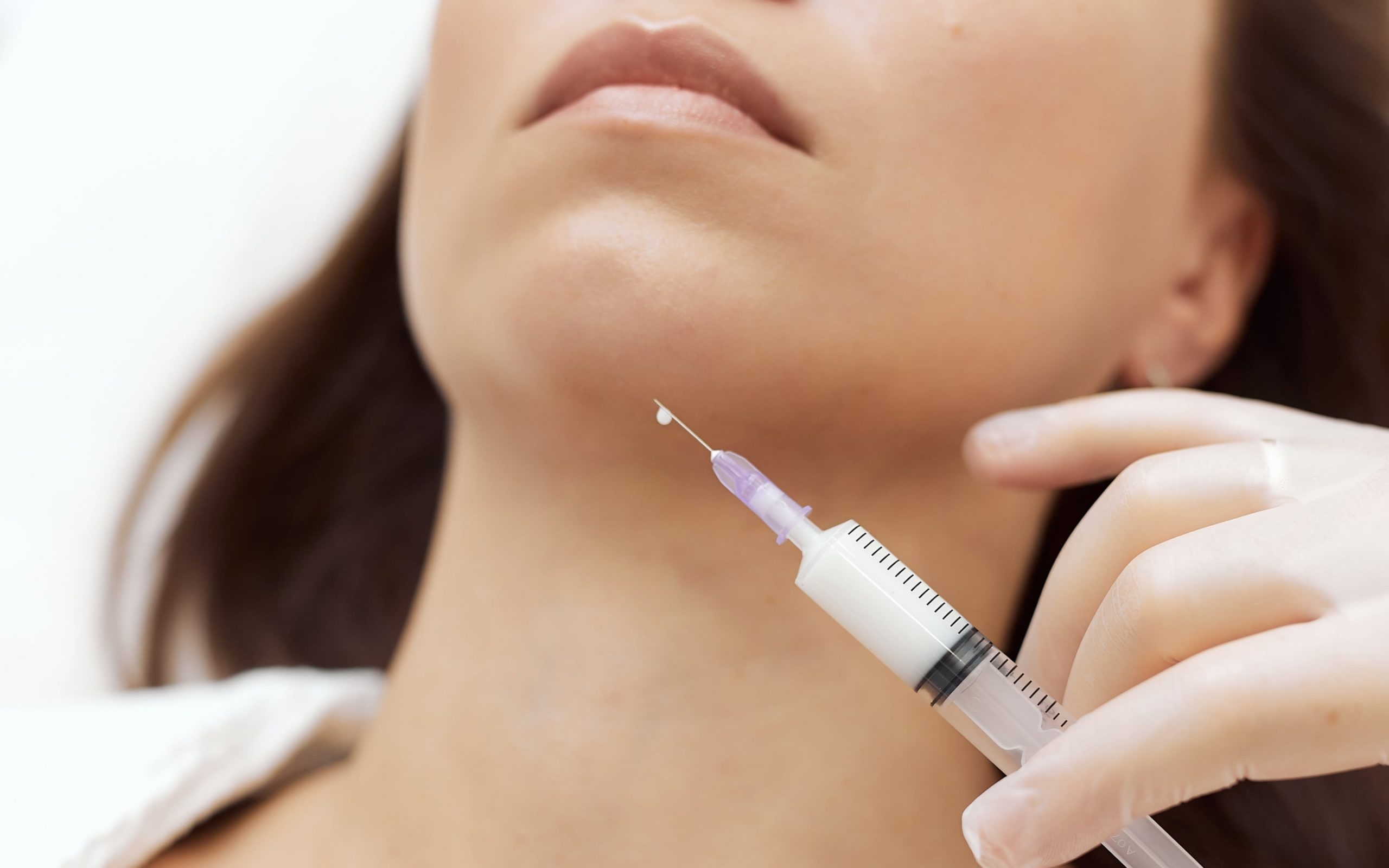
Every day there are a large number of ways to correct the appearance. Any disadvantage can be eliminated in the clinics of aesthetic medicine in Europe. Lately, facial fat injections have been in demand. This makes it possible to make the contours of the face crisp.
Injections of fat into the face
Surgical intervention is the removal of fatty tissue from places where it is in excess. She is transplanted into the deficit area. The second name of the operation is lipofilling. With its help, the contour of the face is smoothed, asymmetry is removed, and the “emptiness” under the eyes is filled.
Indications for surgery
Surgical intervention is done at:
- The contour of the facial oval is fuzzy;
- “brylach.”
With the help of surgery it is possible to enlarge the cheekbone and chin area. The advantage of this method is to perform a point plastic manipulation of the required area. The procedure promotes:
- the addition of the lacrimal sulcus;
- removal of nasolabial folds;
- to restore the contour and volume of the lips;
- changes in the facial oval;
- rejuvenation;
- eliminating scars;
- smoothing out uneven areas after liposuction.
Contraindications to surgery
The operation is not done for:
- blood clotting disorders;
- hypertension;
- diabetes mellitus;
- traumatized skin;
- acute infectious diseases;
- mental disorders;
- Oncology.
Conducting an operation
Fat for lipofilling is taken from the inner surface of the thighs, the knee areas, the abdomen, and the outer surface of the thighs. The procedure is performed under general anesthesia. Stages of conducting:
- First of all, fatty tissue is extracted. A special syringe (cannula) is used to take the necessary amount of fat
- Treat fatty tissues. The obtained fragment is cleaned of blood and anesthetics.
- The purified fat is injected gradually in a thin layer into the desired area.
- Stitches are placed.
Introduction of someone else’s fat is excluded. This can cause rejection and complications. Only their own fat cells are transplanted.
Of the pluses of the procedure, it is worth noting the evenness of the structure, tone and reduction of scars. This is due to a large amount of adipose adipose tissue. It also improves the quality of the fence site. Lipofilling is safer than contouring.
Restore
Within a day, the patient is in the hospital under the supervision of medical personnel. Discomfort and pain may occur after the procedure.
Hematomas and swellings go away after 14 days. The use of decorative cosmetics and sunglasses is possible. Physical activity is avoided for a month.
Fat injections
Medical services include a doctor’s visit, tests, anesthesia, surgery, medications, private room, surgery report in English and Russian, postoperative care.
A team of specialists from European clinics will help you change your appearance. Experienced surgeons will eliminate skin imperfections in a short period of time. You will be pleased with your aesthetic appearance.
from 2800 €
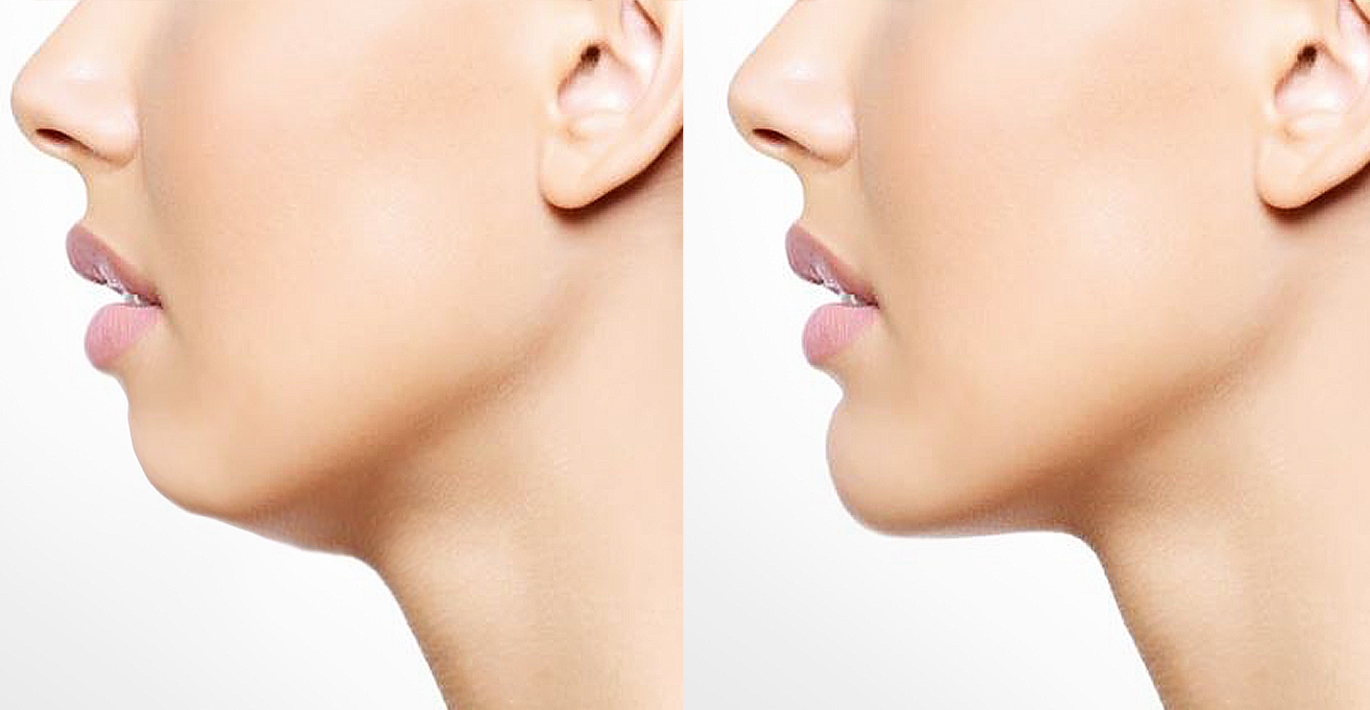
The face can be called a person’s business card. A beautiful chin accentuates the contour of the face and adds sophistication. However, many people are not happy with the size and shape of the chin. In this case it can be changed in the clinics of aesthetic medicine in Europe with the help of surgery to install implants. You’ll get new facial features and look great.
Chin implant surgery
Plastic surgeons perform plastic surgery to change the size and shape of the chin. In the course of the surgical intervention silicone implants are installed. They make your chin look tighter. The facial proportions are restored. The face looks young.
Indications for chin implants
Surgical intervention is performed for:
- irregular or asymmetrical shape of the chin;
- undeveloped chin, looking like a blob;
- massive and severe form;
- small or large chin size;
- injuries;
- age-related ptosis of the soft tissues of the face;
- congenital defects of the chin;
- “double chin.”
Contraindications to chin implants
It is forbidden to perform the operation if:
- diabetes mellitus;
- acute inflammatory diseases;
- ODS;
- oncological diseases;
- problems with the cardiovascular system;
- infectious diseases.
Chin implant surgery
Surgery is performed under general anesthesia. European clinics use only quality implants. Stages of the operation:
- Anesthesia is administered.
- An incision is made from the inside of the lower lip. Possible cut on the chin line.
- An implant is installed.
- Close with a thin cosmetic stitch.
Recovery from surgery
Rehabilitation takes no more than 10 days. During this period, the bruises and swellings go away. Recommendations for a speedy recovery:
- eat liquid and pureed foods during the first week;
- Rinse the mouth with an antiseptic solution three times a day;
- It is forbidden to go to the bathhouse, sauna, tanning salon in the first month;
- exclude alcohol and cigarettes for 14 days;
- In rare cases, take painkillers as prescribed by your doctor.
Chin implants placement
Aesthetic medicine clinics in Europe perform unique plastic surgery to change your appearance. Surgeons have extensive experience in performing such operations. European hospitals and clinics are equipped with all the necessary equipment and medicines.
Each patient is treated individually. After a thorough examination and tests, you will undergo surgery. The junior medical staff will take care of your recovery and provide any assistance you need. You will be satisfied with the result of the operation and the high quality service. Your life will play with new bright colors.
from 3300 €
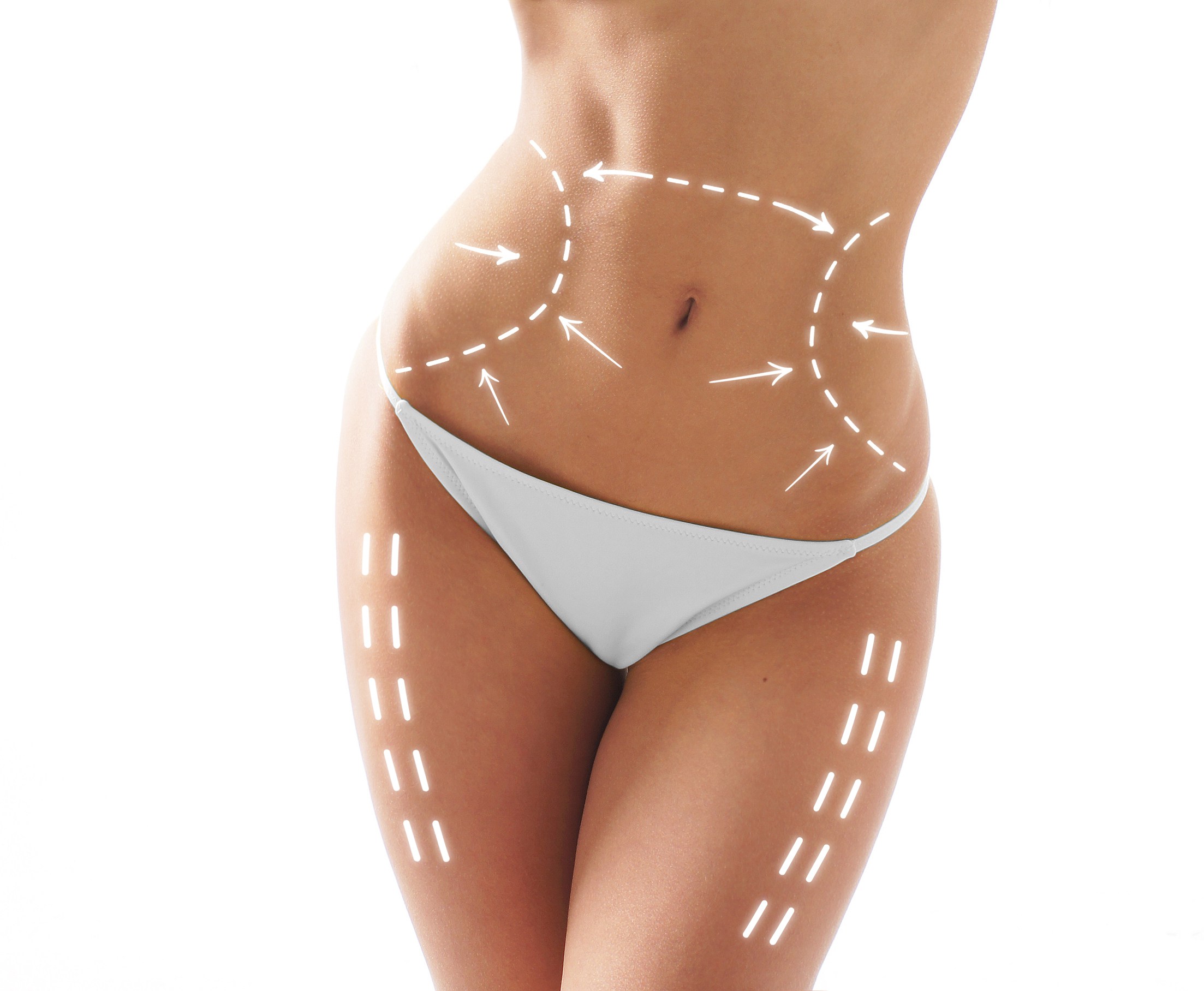
The birth of a child is one of the most desired and touching moments in the life of every family. However, changes occur not only in the habitual way of life, but also in the woman’s body. Everyone dreams of quickly recovering from childbirth, to get back to their former form. In European clinics you will have a complex of surgeries that will make your figure more elastic and beautiful.
Postpartum plastic surgery
Postpartum plastic surgery is several procedures that restore the figure. Many women complain of sagging breasts because they are nursing a baby. The abdomen also often sags and stretch marks appear. The skin on the abdomen becomes flabby.
Changes in appearance provoke complexes in any girl. Many of them complain of vaginal discomfort, which leads to problems in sexual life. During childbirth, the vagina expands and the walls go down. Painful sensations appear because of the scars. Vaginoplasty is the only right thing to do.
Performing postpartum plastic surgery
Before surgical intervention, the plastic surgeon examines the patient and decides on the possibility of combining several operations simultaneously.
The complex of postpartum plastic surgery consists of:
- Mammoplasty – it can be augmentation, reduction, or breast lift;
- abdominoplasty – sagging skin is lifted and abdominal muscles are restored;
- Liposuction – removes excess fatty tissue;
- vaginal plasty – correction of labia, change of shape and size, scar removal, restoration of symmetry.
After surgery, body contours are corrected, the navel returns to its normal position, breasts are lifted, breast size is increased or decreased, and excess fat is removed from all parts of the body – the abdomen, knees, neck, hips, and arms.
The operation is performed not earlier than 6 months after the end of breastfeeding. It is worth noting that surgical intervention is recommended for women who are not planning to give birth anymore.
The operation is not only suitable for those who have given birth. It is made to women who have lost a lot of weight or, on the contrary, have gained a lot of weight. Surgical intervention lasts from 3 to 5 hours under general anesthesia, depending on the number and complexity of operations performed.
Recovery from postpartum plastic surgery
Rehabilitation lasts from 1 to 3 weeks. Avoid physical activity during this period. Compression underwear restores tissues faster. Scars on the body are practically invisible. Maintain a healthy lifestyle. The diet should be balanced during this period. Alcohol and cigarettes should be excluded.
Postpartum plastic surgery
Clinics in Europe have the best plastic surgeons. Specialists have been trained in the world’s most renowned medical institutions. All peculiarities of the patient’s body and personal wishes are taken into account. The junior medical staff is always ready to help in any way they can after a surgical intervention.
In European aesthetic medicine clinics you will feel comfortable. Highly qualified specialists will always be with you. The effect of the surgery will amaze you. You will regain your lost forms and look young and fresh. You can be proud of your beautiful figure and bring back vivid sensations in your sex life.
from 2000 €

As we age, the skin around the eyes loses its firmness. The eyelids begin to sag. The gaze becomes dull and weary. Because of the overhanging eyelids it is impossible to see the beauty of the eyes. However, this problem can easily be solved with an upper blepharoplasty. In European clinics of aesthetic medicine experienced surgeons will qualitatively carry out surgical intervention and return your eyes to their beautiful appearance.
What is an upper eyelid blepharoplasty
It is a plastic surgery procedure to remove excess skin tissue and fat deposits. The purpose of plastic surgery is to lift the upper eyelid. Such manipulations are in demand among women and men nowadays.
Eyelid drooping is caused not only by age-related changes. Injuries or congenital defects can cause this phenomenon. The surgery can achieve an excellent aesthetic result. The procedure is performed only on adults.
Indications for upper eyelid blepharoplasty
Surgical intervention is done at:
- The presence of deep wrinkles around the eyes;
- lowered corners;
- a narrow slit of the eye;
- the appearance of excess fatty tissue;
- congenital and acquired defects;
- obvious weakening and sagging of muscular tissue and skin.
The surgery will improve your appearance and prevent vision problems. Your face will look young and fresh. The result lasts for 10 years. Thanks to the operation it is possible to:
- to correct the eversion and folding of the upper eyelids;
- to correct the asymmetry of the eyes;
- remove the fat layer;
- change the shape of your eyes;
- remove fat hernias;
- to get rid of ptosis – drooping eyelids;
- restore the natural beautiful look.
Contraindications to upper eyelid blepharoplasty
It is forbidden to perform the operation if:
- Oncology;
- high blood pressure;
- eye diseases;
- cardiovascular pathologies;
- diseases of the endocrine system.
Prior to surgery, you must undergo tests:
- general and detailed blood tests;
- Hepatitis B and C, HIV, syphilis;
- COVID-19.
Upper eyelid blepharoplasty
Every day in the clinics of aesthetic medicine in Europe plastic surgeons perform operations at the highest level:
- The desired incision and shape are chosen beforehand during the consultation with the help of 3D modeling.
- The operation is performed under local anesthesia. The duration does not exceed 1 hour.
- On the right areas are applied markings.
- After anesthesia is administered, an incision is made in the upper eyelid with a laser beam.
- They dissect out and remove the fat layer, excess skin tissue.
- Cosmetic stitches are applied.
The laser type of blepharoplasty cannot damage the organs that affect vision. The vessels are quickly sealed. Tissues recover quickly. Surgical stirring can be combined with lifting and mesotherapy, which is an advantage.
Postoperative period
For the fastest possible rehabilitation, several recommendations are followed:
- exclude eye strain during the first week after surgery;
- Drops of antibacterial and anti-inflammatory drops as prescribed by the doctor;
- No lenses or glasses for the first two weeks;
- avoid physical exertion and head tilting for 30 days;
- It is forbidden to visit a tanning salon and use decorative cosmetics in the first month;
- avoid direct sunlight.
Upper blepharoplasty
Specialists in aesthetic medicine clinics in Europe use only innovative methods of surgery. Highly qualified staff uses modern equipment and the best medicines.
The complex of services consists of examination, tests, surgical intervention, medical support and postoperative care. In European clinics, experienced surgeons will correct your eyelids. The result will surpass all expectations.
from 2200 €

Intimacy plays a big role in the relationship between a man and a woman. However, some factors can damage the vaginal walls. This results in decreased sensitivity or discomfort. This problem can be solved with vaginoplasty in aesthetic medicine clinics in Europe.
What is vaginoplasty
It is a plastic surgery on the walls of the vagina, which corrects aesthetic flaws and prevents dysfunction of the labia. Plastic surgery and laser surgery.
Laser vaginoplasty is called a minimally invasive procedure. The laser corrects the walls of the vagina. Collagen begins to be produced, which contributes to the strength and elasticity of the walls.
During the procedure, a laser is inserted and the vagina is treated. A slight burning sensation may occur. Recovery happens very quickly. It is forbidden to have an intimate life for a week.
The laser procedure cannot cope with all the disadvantages. The surgical option is considered cardinal. After surgery, a longer rehabilitation period is necessary. But it eliminates any imperfections.
Testimony
Indications for surgical intervention:
- wall prolapse;
- postpartum injuries;
- lack of sensitivity;
- menopause;
- urinary incontinence;
- decreased elasticity and tone;
- diseases of the pelvic organs.
Contraindications to surgery
The operation is not done for:
- oncological diseases;
- pregnancies;
- wall prolapse (degree 2 and 3);
- organ prolapse;
- uterine bleeding;
- menstruation;
- chronic illnesses.
Performing a vaginoplasty
The doctor evaluates the condition and the neglect of the walls:
- The descending vaginal tissues are removed, narrowing the opening of the vagina. Muscle strengthening. The doctor sets the uterus, pelvic muscles, and bladder in their normal position. Such manipulations are done if there is urinary incontinence;
- levatoroplasty is performed if the pelvic floor muscles are weakened. The operation restores the lower third of the vagina. There is a fixation of the muscles that contract during intercourse;
- reconstructive surgery is performed for cervical pathology. The anatomical shape is restored. The cervical canal will become normally permeable. There will be a uniform epithelial layer on the surface of the cervix;
- dissect the scars that were caused by the perineotomy of childbirth. If the stitch is not placed correctly, there will be pain during intercourse.
Any surgical intervention is performed under general anesthesia. The operation lasts two hours.
Recovery from surgery
Swelling, bruising, and pain may occur after the procedure. The doctor will prescribe pain medication. For 2 months, it is recommended to give up intimate relationships. They follow a special diet.
Vaginoplasty
In the clinics of aesthetic medicine in Europe you will be operated at the highest level. Surgeons have extensive experience and are constantly improving their skills in the best medical centers in the world.
Hospitals and clinics have innovative equipment and quality medical supplies. All patients will be well cared for by nurses after surgery. You will be satisfied with the result of the operation and the service of medical institutions.
from 2500 €
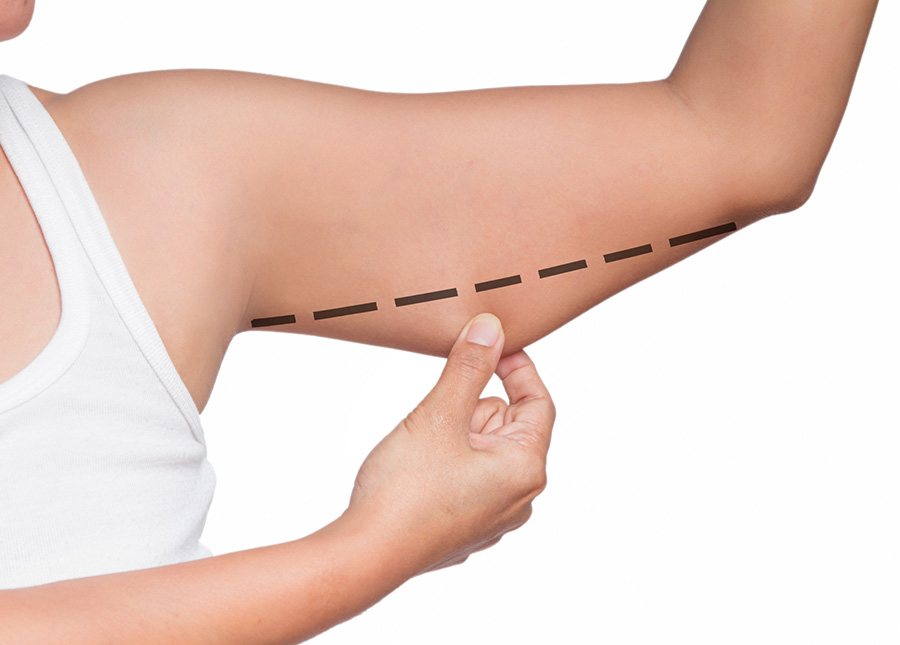
Overweight and loss of skin elasticity leads to sagging tissues in various parts of the body. Hands and forearms are no exception. When such signs appear, people begin to experience complexes. They try to hide their hands under shirts and blouses. The best specialists of aesthetic medicine clinics in Europe will come to your aid. Brachioplasty eliminates excess fat in the forearms and arms.
Brachioplasty surgery
Brachioplasty is a surgery that corrects the outline of the hands. This is done by removing fat and excess skin from the inside of the shoulder. Surgical intervention makes the contours clear and beautiful on all sides.
Such an effect cannot be achieved by exercising. The result lasts up to 10 years. Brachioplasty can be combined with liposuction. The operation is performed on persons over 18 years of age.
Causes of excess fat on the arms and forearms:
- rapid weight loss;
- consequences of liposuction;
- Improper care and bad habits;
- dystrophy.
Indications for brachioplasty
The operation is performed at:
- loss of skin elasticity;
- the formation of folds;
- age-related changes in the skin;
- sagging skin and cellulite.
Contraindications
Surgical intervention is prohibited in the presence of:
- mastectomy;
- Infectious diseases in the active stage;
- chronic inflammations;
- Oncology;
- cardiovascular diseases;
- polyvalent allergies;
- mental illnesses;
- metabolic disorders.
Types of brachioplasty
Surgery can be:
- traditional – used for a large area of sagging skin. An incision is made on the inside of the shoulder, excess skin is removed, and stitches are applied. The disadvantage of this operation is the appearance of a large scar;
- transaxillary – fat is evacuated with a vacuum. The scar will not be visible because it will be covered by the armpit;
- Thread lifting – is done for minor sagging of the skin. A minimally invasive procedure. In tightening, threads are used to correct the inner surface of the shoulders.
Conducting brachioplasty
Surgery is performed under general anesthesia. The operation takes three hours. Stages of the operation:
- A small incision is made in the armpit area.
- The ellipse-shaped piece is removed.
- Excess fat is removed through the incision.
- The skin is pulled up and fixed in its new position.
Brachioplasty improves the shape and contours of the shoulders, eliminates excessive thickness, reduces skin and fat folds and areas of opulence, and tightens tissues.
Rehabilitation
For several days, the patient stays in the hospital under the care of a doctor and nursing staff. You must wear a compression bandage on the operated area. It is not removed for a month.
It is forbidden to go to the solarium, sauna, swimming pool in the first 2 months after surgery. You should also avoid physical activity.
Brachioplasty surgery
By choosing European clinics, you can be sure of excellent results. Plastic surgeons in aesthetic medicine clinics in Europe have years of experience in such operations. Medical institutions have the highest level of service. Each patient is guaranteed an individual approach. After the surgery, your arms and forearms will be firm and beautiful. You will be in a good mood and have confidence.
from 2500 €
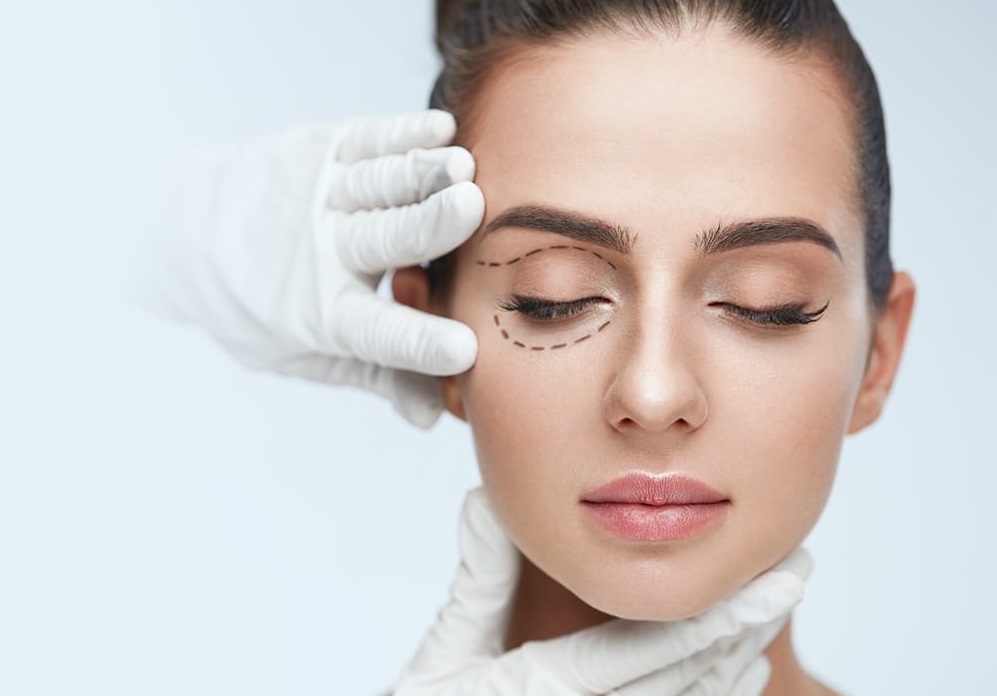
Everyone strives for a beautiful and well-groomed appearance. Often modern methods and surgeons of aesthetic medicine clinics in Europe come to the rescue. Many people face the problem of drooping or drooping eyelids. Blepharoplasty will completely eliminate the problem. The face will look younger, which will give confidence and get rid of annoying complexes.
What is a blepharoplasty
Blepharoplasty is a plastic surgery that corrects the location of the upper and lower eyelids. Thanks to it, you can change the shape of your eyes. The essence of the procedure is the excision of excess skin. At the same time fat deposits in the eyelid area are redistributed. With blepharoplasty:
- raise the corners of their eyes;
- removing the bags;
- get rid of puffiness;
- remove some of the wrinkles;
- get rid of ptosis;
- eliminate the asymmetrical position of the eyelids.
These problems are usually encountered between the ages of 35 and 45. This applies to both sexes. However, when fatty hernias appear, doctors do surgery much earlier. At this time, the most fashionable trend is to change the shape of the eyes. This operation can be done at the age of 15.
Indications for surgery
Plastic surgery is done at:
- ptosis;
- bags (fatty hernias) under the eyes;
- wrinkles on the skin;
- of congenital eyelid imperfections;
- age-related changes in the eyelid arrangement.
Contraindications to surgery
The operation is prohibited in the presence of:
- severe forms of diseases of internal organs;
- diabetes mellitus;
- cancer;
- blood clotting disorders;
- problems with the endocrine system;
- cardiovascular diseases;
- menstruation;
- pregnancy and the lactation period;
- glaucoma;
- retinal problems;
- various inflammations of the eyelids;
- dryness of the eyeball.
Pros of blepharoplasty
The advantages of this procedure are:
- rejuvenation – the face becomes fresh and the look becomes radiant;
- impossibility of other means and ways to correct a herniated lower eyelid. This defect can easily be corrected with plastic surgery;
- raising the lowered corner of the eyes;
- correction of overhanging upper eyelids. The drooping of the upper eyelid makes it painful;
- the result is retained for a long period of time. For several decades, you can forget about eyelid problems.
Minuses of eyelid plasty
The procedure does not cause complications. The maximum consequences are bruising and slight swelling. However, adhering to the recommendations of surgeons at European clinics, the bruises will quickly pass and the swelling will go down. Before the operation, all the tests are taken. If any contraindications are found, plastic surgery is not performed.
Eyelid surgery
There are several varieties of eyelid plasty. Each of them is aimed at eliminating certain defects and has its own characteristics. The choice of method depends on the individual medical parameters and the age of the patient.
Classic blepharoplasty
The procedure is performed on the upper and/or lower eyelids to visually rejuvenate the face. Surgical intervention consists in the removal of fat hernias and excision of excess thin stretched skin. If necessary, a strip of the circular muscle of the eye is removed.
After the procedure, a thin scar is left. However, it is hardly visible. It is located under the growth line of the lower eyelashes or in the crease of the upper eyelid.
Transconjunctival blepharoplasty
This method is used in young patients due to the rapid rehabilitation of elastic skin. It can be used to remove bags or hernias under the eyelids. During the procedure, incisions (7 to 10 mm) are made along the conjunctiva.
After completing the seamless and minimally traumatic procedure, the look is radiant and youthful. The procedure does not take more than 30 minutes. The swelling goes away after 7 days. The covering tissues tighten and smooth out on their own. Full rehabilitation will take up to two weeks.
Surgical technique is often combined with hardware. If there are bags and excess skin on the lower eyelids, laser is used after the procedure. Significant excess skin suggests resurfacing, while moderate skin suggests rejuvenation. Your skin will be smooth, firm and beautiful.
The advantages of the method include:
- no seams;
- quick recovery;
- a low probability of consequences;
- low-traumaticity.
Circular blepharoplasty
Plastic surgery corrects the upper and lower eyelids at the same time. It is done in case of overstretching and sagging of eyelid skin, fat hernias, ptosis, drooping of external eye corners.
The method redistributes and removes excess periorbital fat, strengthens the circular eye muscle and septum, eliminates sagging of the skin. Performing a circular plasty:
- Make a marking on the face.
- Anesthesia is administered.
- Incisions are made in the crease of the upper eyelid and slightly below the growth of the lashes.
- The spindle-shaped skin flap from the upper eyelid is removed.
- If there are fat hernias, they are excised.
- On the lower eyelid, fatty tissue is redistributed and hernias are removed.
- The periorbital muscle is corrected if necessary.
- Cosmetic stitches and a special bandage are applied.
Eyelid canthoplasty
When sagging and loss of skin elasticity, canthoplasty is usually performed. Most often it is necessary for women after 40 years of age. The procedure changes the shape or cut of the eyes. Usually it is an additional method to the classic plastic surgery. The process takes up to 2 hours. Performing cantoplasty:
- The doctor makes a mark and treats the necessary area with antiseptic.
- General or local anesthesia is administered. This is affected by the amount of manipulation.
- The skin of the upper eyelid is dissected in the area of the conjunctiva or in the area of the eyelashes (incision up to 1 cm).
- They tighten or relax the tendons. It depends on the client’s preference.
- Remove excess skin. If a skin fold appears, it is excised.
- Cosmetic stitches and a special bandage are applied.
Cantoplasty can be performed surgically or by laser. The laser method is convenient and non-traumatic. There are no stitches on the skin after it.
Eyelid saving plasty
This is the latest trend in modern cosmetology. It is applied to the upper and lower eyelid. As we age, the intraorbital fat volume decreases. Weakened structures contribute to bulging bags.
Plastic surgeons at European aesthetic medicine clinics redistribute fat and fill in contour defects. The indications for this method are a deep crease of the upper eyelid or a deep tear sulcus. Saving blepharoplasty is performed by classic or transconjunctival method.
Expanded blepharoplasty
This is one of the varieties of preserving plastics. The technique extends the dissection of the musculocutaneous zone to the level below the suborbital margin. The suborbital or zygomatic sac is treated in this way. Thanks to the innovative method, the under-eye area is improved.
Plasty with an eyebrow lift
The surgical method is used for age-related eyebrow drooping. Lift the outer corners of the eyebrows without unnecessary incisions. This method has perfectly replaced the endoscopic lift.
Periorbital lipofilling
The method is used when there is a lack of fatty tissue in the periorbital area. Its essence is to fill a deep and sunken upper eyelid. In the area of the lower eyelids, they create a smooth transition of the lacrimal furrow area and smooth out the folds in the cheekbone area. Conducting the procedure:
- They do a local anesthesia.
- The fat graft is extracted.
- It is washed and cleaned of plasma.
- Then it is injected into the desired area.
Lipofilling is performed as a separate operation or in combination with blepharoplasty. The disadvantage of the method is the gradual dissolution of the fat, which will lead to the need to repeat the procedure.
Asian eyelid plastics
The Asian incision is changed in this way. The surgery creates a fold of the upper eyelid, which is missing due to anatomical peculiarities. In the first method, no external incisions are made. The external sutures are placed along the future fold for further formation of the internal scar. As a consequence, there is an additional crease.
In the second method, the skin is cut along the future fold. The muscle with skin is sutured with the deep structure of the eyelid. To optimize the result, excess fatty tissue in the area above the fold is removed. In some cases a medial canthoplasty is necessary.
Preparation for blepharoplasty
In aesthetic medicine clinics in Europe plastic surgeons perform a huge number of operations to correct eyelid defects. Highly qualified staff at the consultation determines the condition and degree of the defect. For plastic surgery, you have to take:
- general and detailed blood tests;
- urinalysis;
- electrocardiogram;
- fluorography;
- examine the optic nerve;
- determine visual acuity and eyelid tone.
After a complete examination, a specialist chooses the method of surgical intervention. All tests and ages are taken into account. For the success of the plastic surgery, the patient must follow a number of recommendations. For 14 to 21 days before the procedure, refuse alcohol and cigarettes. It is forbidden to take blood thinners.
Performing blepharoplasty of eyelids
The choice of type of anesthesia is influenced by the complexity of surgery, physical and emotional condition, and the presence of allergic reactions.
Transconjunctival and circumferential procedures are most often performed under general anesthesia. Anesthesia lowers blood pressure, reducing the likelihood of blood loss. Local anesthesia is prescribed for plasty of the lower or upper eyelids. Patients are injected with novocaine, lidocaine, ultracaine to relieve pain sensitivity. The patient can open and close his eyes. You are usually allowed to go home 3-4 hours after the procedure. If you are very agitated, you can take sedatives (sedatives).
Sequence of traditional blepharoplasty:
- Using a special marker, mark the places of cuts. A specialist at the clinic makes sure the lines are symmetrical.
- Local or general anesthesia is administered.
- The cuts are made on the marks.
- The skin is separated from the muscle fibers.
- The skin strips are dissected and removed.
- Redistribute fatty tissue.
- A strip of the circular eye muscle and excess fatty tissue are removed.
- Stitching is done.
Recovery after eyelid surgery
Forty-eight hours after the procedure, the doctor removes the stitches and applies a plaster to reduce bruising and swelling. They walk around with it for a week until the bruises come off. It is advisable to sleep with your head elevated during this period.
For the next 60 days, follow these recommendations:
- observe daily eyelid care;
- avoid eye contact and friction;
- stresses are forbidden;
- A total taboo on alcohol and cigarettes;
- don’t use makeup;
- working at the computer, reading books, watching TV is excluded.
Wearing sunglasses and using sunscreen is considered mandatory in the first month. After a full rehabilitation it will be possible to evaluate the result.
Where to get a blepharoplasty
For the effect of plastic surgery to be worthy, it is necessary to apply to proven medical institutions. European aesthetic medicine clinics have highly qualified staff. Plastic surgeons and anesthesiologists are internationally qualified. With the help of innovative equipment and safe preparations, specialists perform brilliant surgeries that will change the appearance for the better.
from 1,500 €
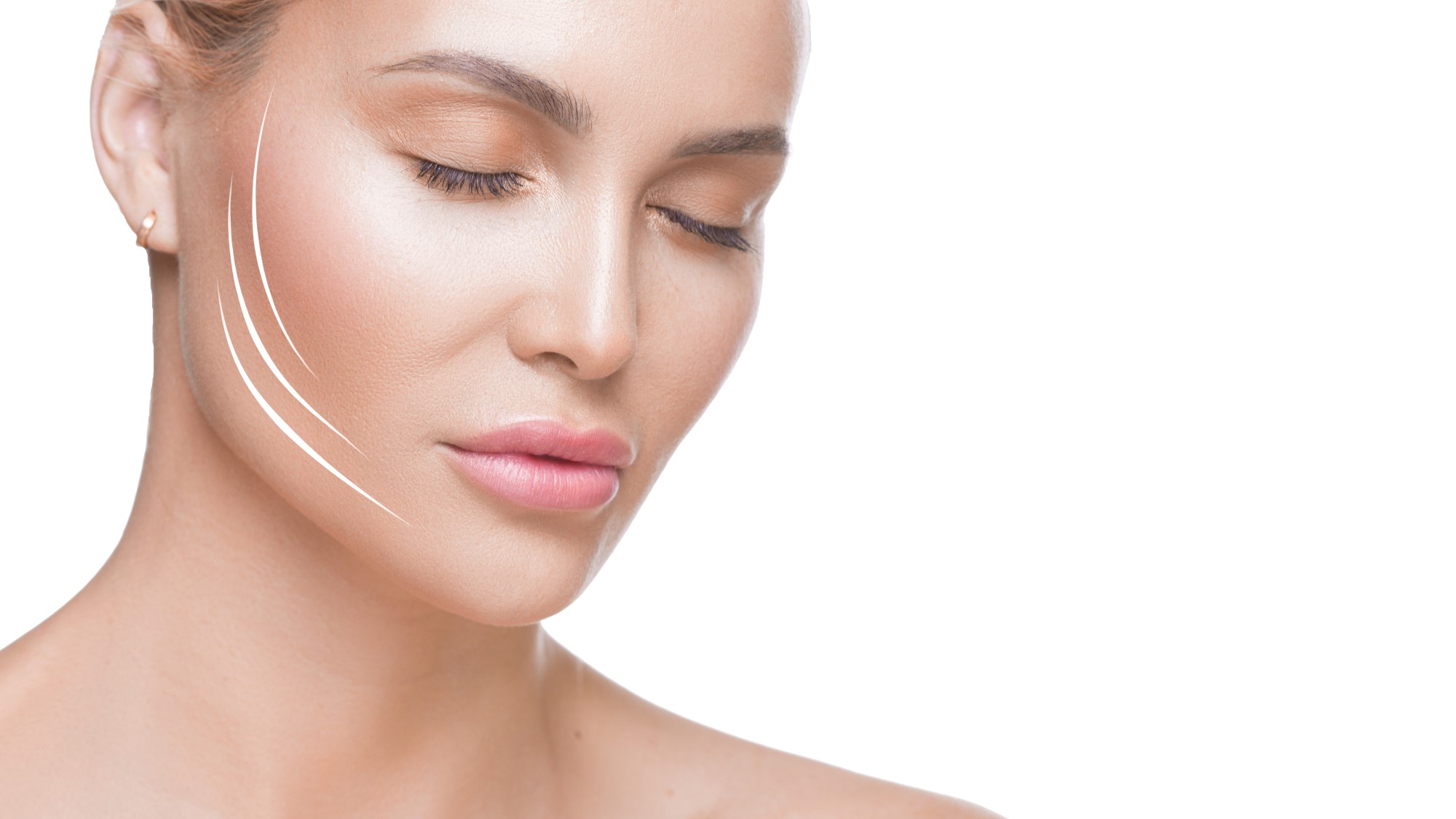
Age-related changes are primarily visible on the face. Flaws on the face can greatly spoil the mood. After a while complexes appear, if this problem is not eliminated. In European aesthetic medicine clinics, experienced doctors perform a bicectomy. The surgery will get rid of excess fat in the cheeks.
What is a bicectomy
The appearance of lumps is a real problem on the face. This is due to the fact that Bichette’s lumps greatly change the contour of the face. It becomes full and saggy. The man looks considerably older than his years. This is due to age-related changes and the appearance of excess fat in the cheek area.
Fatty tissue accumulates tightly and forms the skin tissue of the cheeks. Because of the high density, lumps remain even when losing weight. In this case, grueling diets and sports will not solve the problem. A plastic surgery in one of the clinics in Europe can cope with it.
Indications for surgical intervention
The fat layer is gotten rid of at:
- the round shape of the face;
- large fat deposits as a result of weight loss;
- age-related weakening of the muscles that triggered the appearance of the pimples and wrinkles;
- disproportionate massive lower parts of the face;
- weakness of ligaments and facial muscles.
Contraindications
It is forbidden to perform the operation if:
- unstable weight;
- diseases in the active stage;
- oncological diseases;
- pregnancies;
- mental illnesses;
- hypertension;
- diabetes mellitus;
- problems with blood clotting.
Performing a bicectomy
Local or general anesthesia is used during the operation. Stages of the operation:
- Anesthesia is administered.
- 1 cm incisions are made on the mucosa of the cheeks.
- They remove the lumps of Bisha.
- The incisions are sutured with a cosmetic suture.
With laser removal, the surgery is performed with a directional beam. The method is non-traumatic and does not require long rehabilitation. Laser irradiation excludes tissue damage. The difference with the laser method is the higher cost.
The effect of the surgery:
- reduction of the volumes of the middle and lower third of the face;
- restoration of the clear contours of the cheekbones and chin;
- smoothing of nasolabial folds;
- the acquisition of refined and proportional contours.
The result is also influenced by a person’s anatomy and lifestyle.
Recovering from surgery
A few recommendations for a quick recovery after the procedure:
- reduce the load on the areas that have been subjected to the intervention;
- gently brushing their teeth;
- Hard, cold, hot food is excluded from the diet;
- sleep on a high pillow;
- Sunbathing, sauna, bathhouse, solarium are prohibited.
Bicectomy in clinics in Europe
The hospital’s highly skilled plastic surgeons can change your appearance. After a bicectomy, your face will become tighter with clear contours. You will look young and fresh.
The complex of services consists of consultation with a plastic surgeon, analysis, surgery, medical report of the operation in English and Russian, postoperative care and accompaniment.
The clinic coordinators will advise you on any questions. Clinics in every country in Europe are equipped with the necessary equipment and medicines. After surgery, the junior medical staff will take care of your speedy rehabilitation at the highest level.
from 2900 €
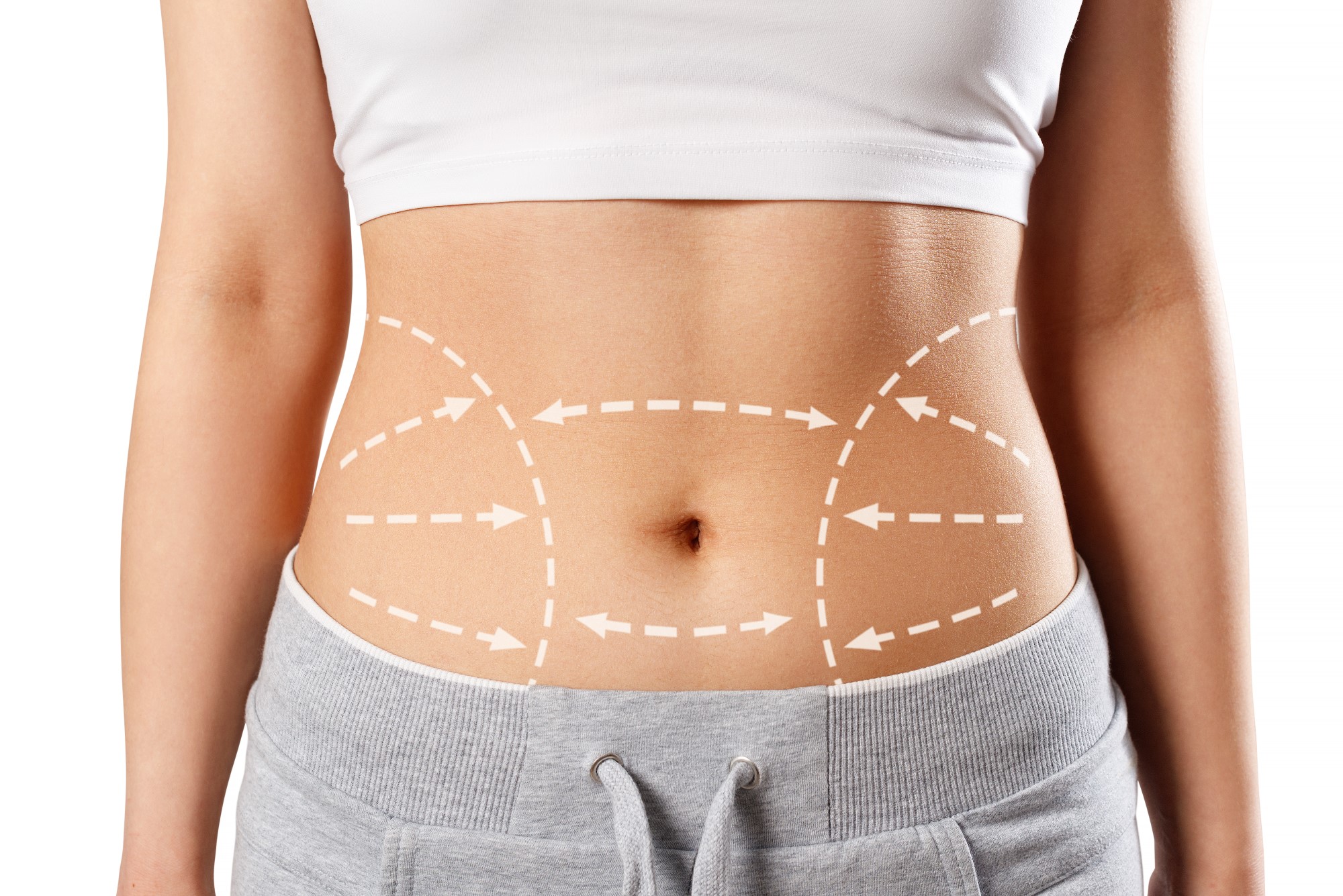
A slim and trim waist is the key to a beautiful figure. After pregnancy or drastic weight loss, your belly can get very saggy. Excess fat will make the waist look blurry. Many people try to correct the problem by exercising. However, this does not always succeed. In clinics and hospitals in Europe, plastic surgeons perform abdominoplasty, which removes excess fat, sagging skin, and restores clear contours.
What is an abdominoplasty
Abdominoplasty is a surgical correction of the abdomen, which makes it tighter. The operation is performed on both women and men. Surgeons remove the excess skin and fat layer.
Surgical intervention is necessary not only to improve the aesthetic appearance. The preventive goal is to prevent the occurrence of diseases from obesity. This applies to diseases of the spine and the divergence of the rectus abdominis muscles.
Indications for abdominoplasty
Abdominoplasty is done for:
- sagging of the skin as a result of rapid weight loss;
- Changes in the shape of the abdomen after pregnancy;
- appearance of scars after surgery;
- saggy skin on the waist and multiple stretch marks;
- fatty deposits caused by hormonal changes;
- the need to restore the navel;
- age-related deterioration of elasticity;
- weakness of the abdominal wall.
Contraindications to abdominoplasty
Surgical intervention is prohibited if:
- blood clotting disorders;
- cardiovascular diseases;
- Oncology;
- pregnancy and lactation;
- a high degree of obesity;
- acute infectious diseases;
- diabetes mellitus;
- diseases of the endocrine system.
Types of abdominoplasty
Plastic surgeries differ in the size of the incisions, duration, and rehabilitation period. Surgery happens:
- complete – carried out when there are significant disproportions;
- medium – with a moderate disproportionality;
- Miniabominoplasty – when there is a small amount of fat layer.
Abdominoplasty
The operation lasts about three hours. It is performed under general anesthesia. The type of surgical intervention is influenced by the nature and volume of fat deposits. Full abdominoplasty corrects not only the front wall of the abdomen, but also the back and sides. Stages of the operation:
- The doctor draws a marking on the areas to be removed.
- After anesthesia is administered, the skin is dissected and tissue is peeled off.
- Remove excess tissue. The muscles around the edges are stitched together.
- After excision of fat deposits, stitches are applied.
Rehabilitation
The patient spends the first 2-3 days after surgery in the hospital under the supervision of medical personnel. The patient may not feel well in the first few hours. He is fed a light meal to restore bowel function more quickly.
On the second day, the patient is allowed to move. For 1-1.5 months you must wear a bandage. You must wear compression underwear for the next two months. Avoid physical activity. It is forbidden to visit swimming pools and saunas.
Abdominoplasty in European clinics
Plastic surgeons in European clinics and hospitals perform daily surgeries to restore the contours of the abdomen and remove excess fat. Abdominoplasty is considered a complex surgery, but is very popular.
Clinics in Europe employ specialists of the highest category, who are constantly improving their skills. The junior medical staff provides quality services after surgery. The coordinators will advise you on all questions at any time. A visit to a proven medical facility will change your appearance for the better and leave a positive impression.
Feedback
Leave a request
and we will contact you shortly
* Mandatory fields marked"*" indicates required fields
Reviews
